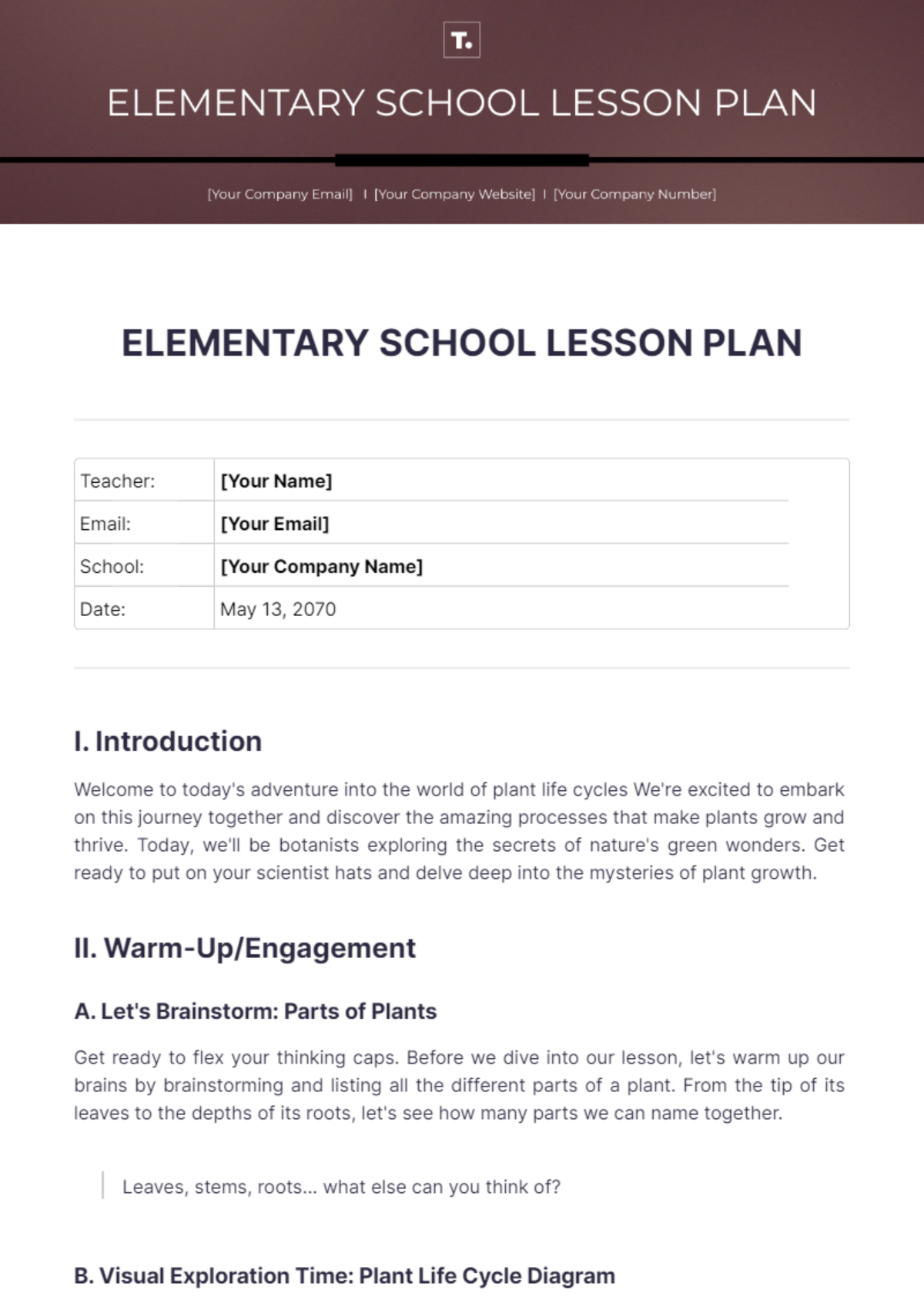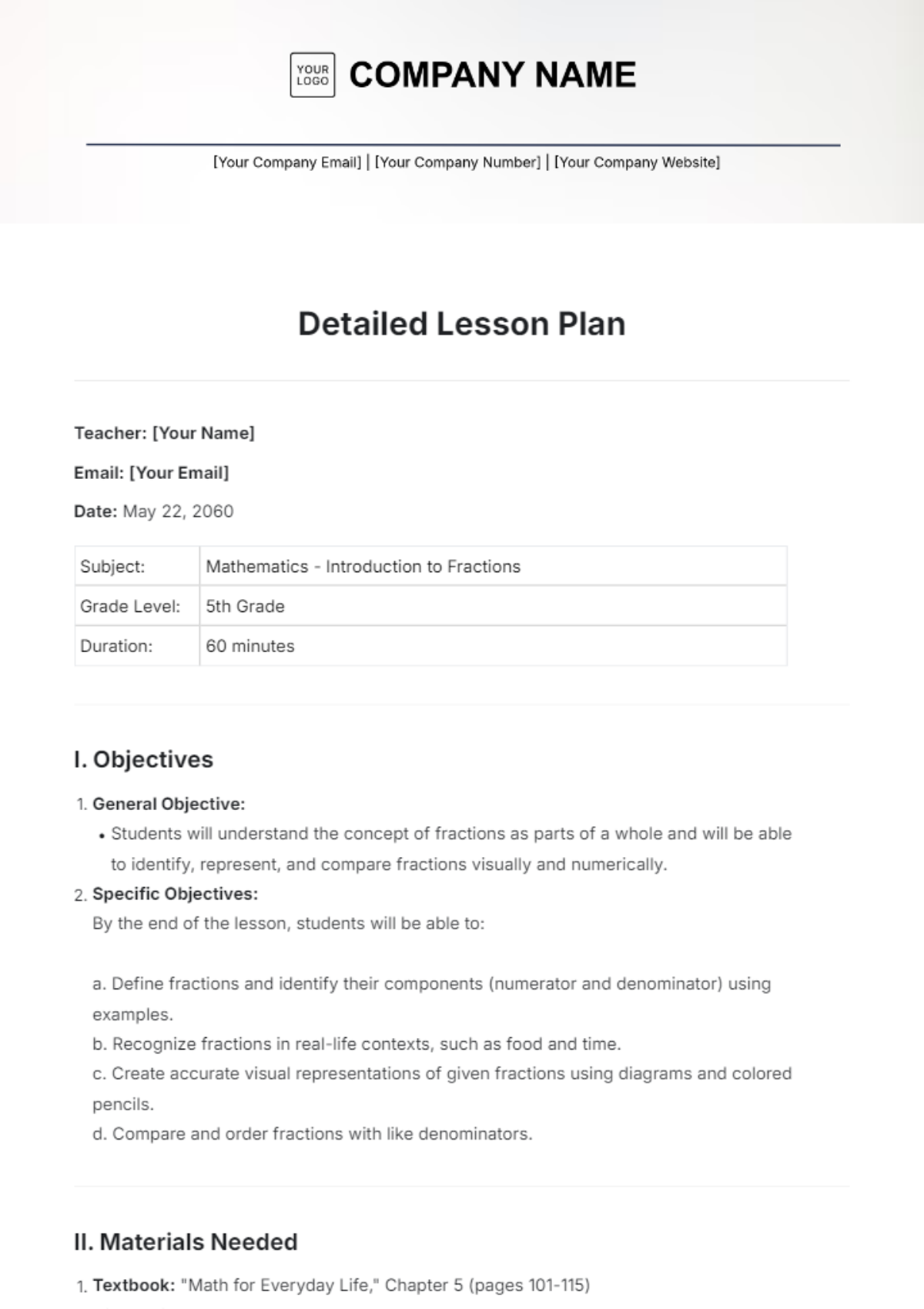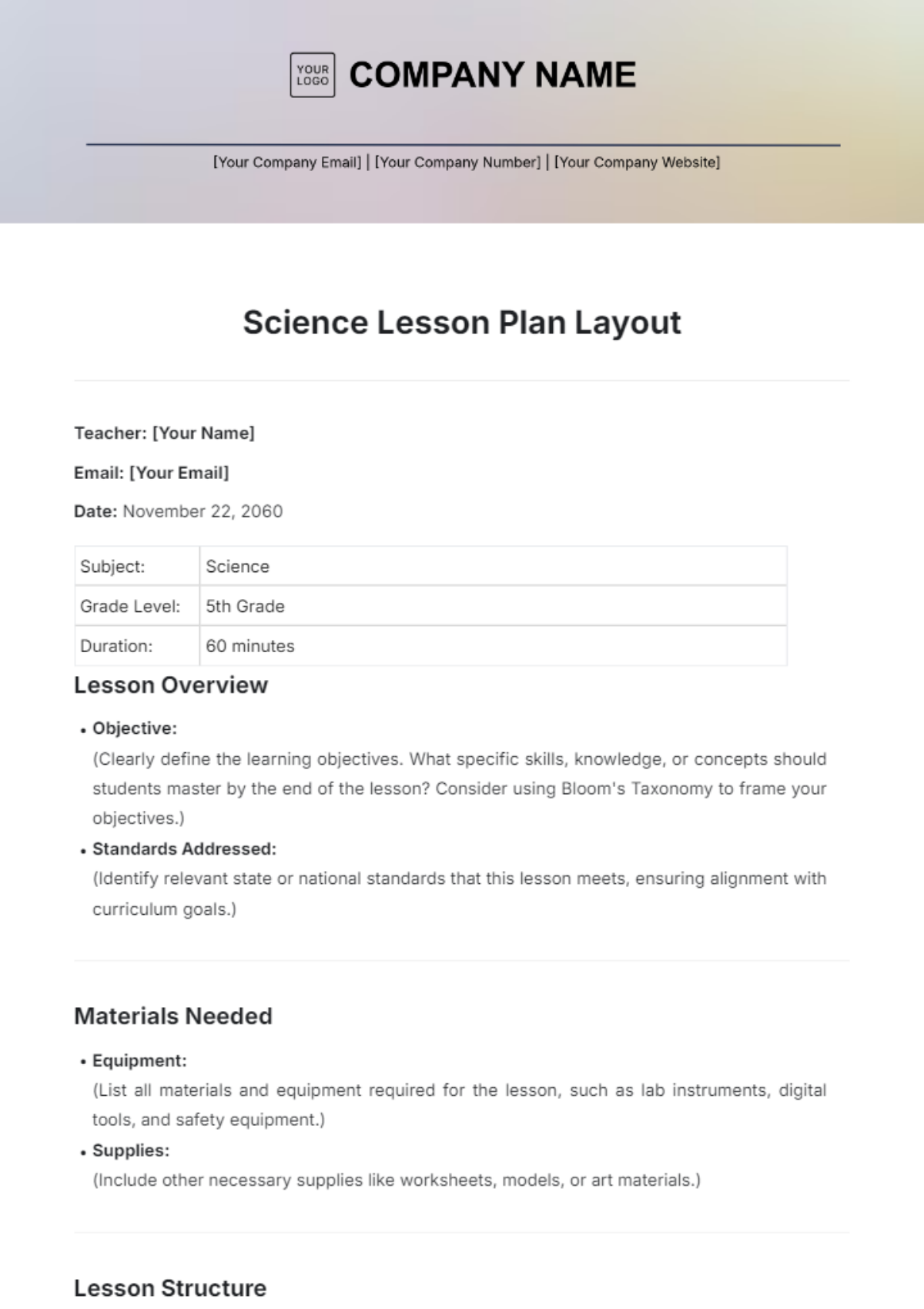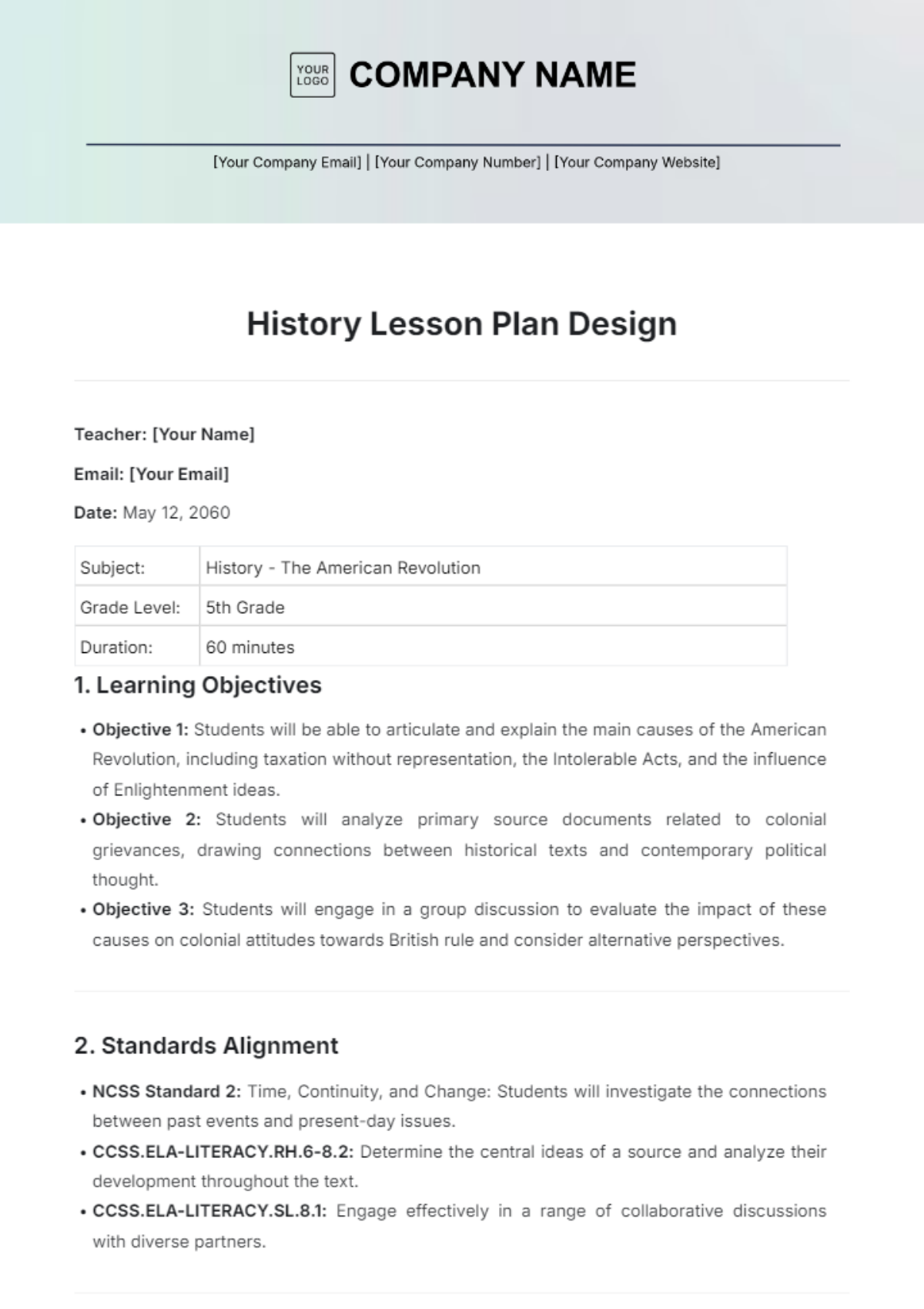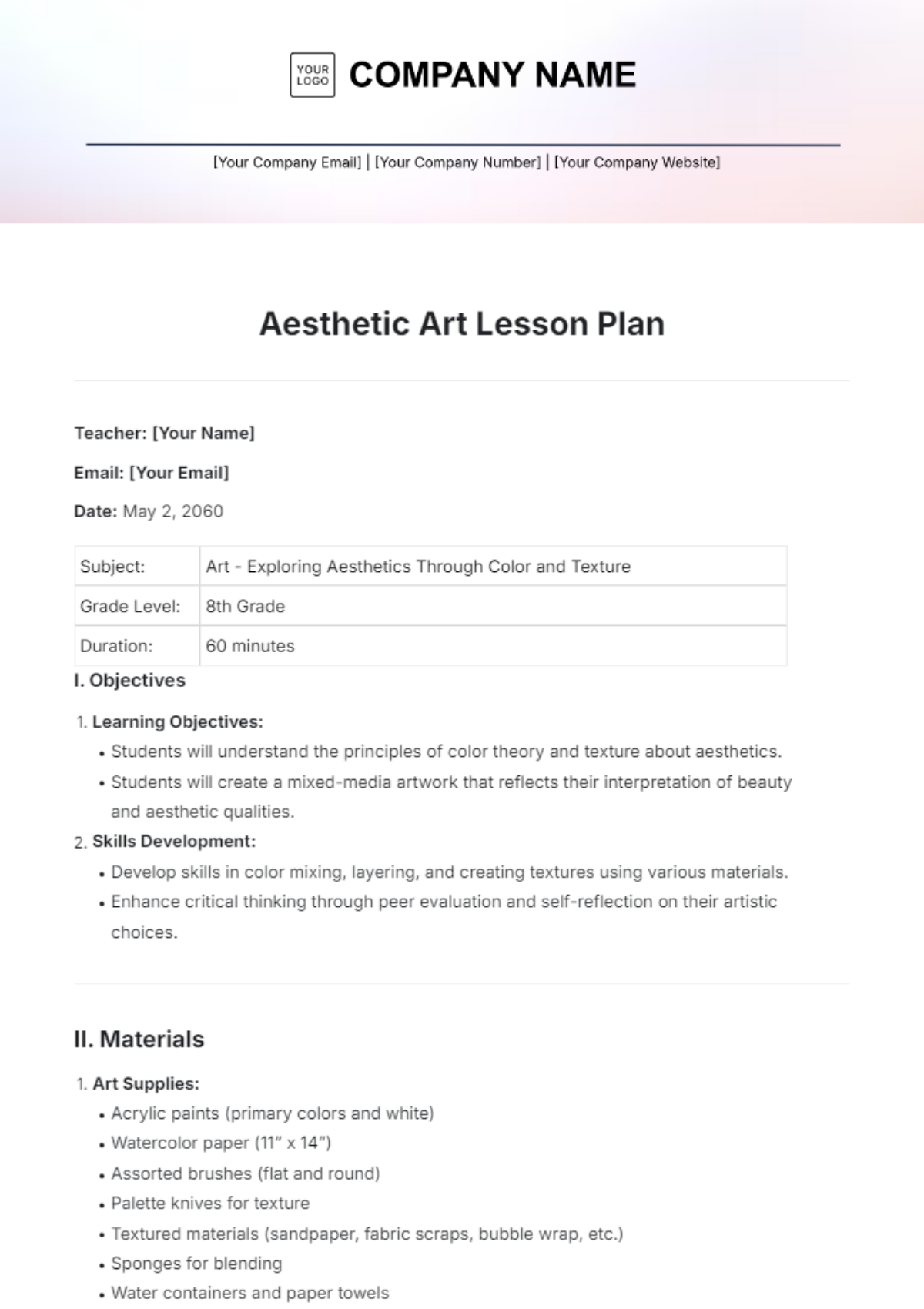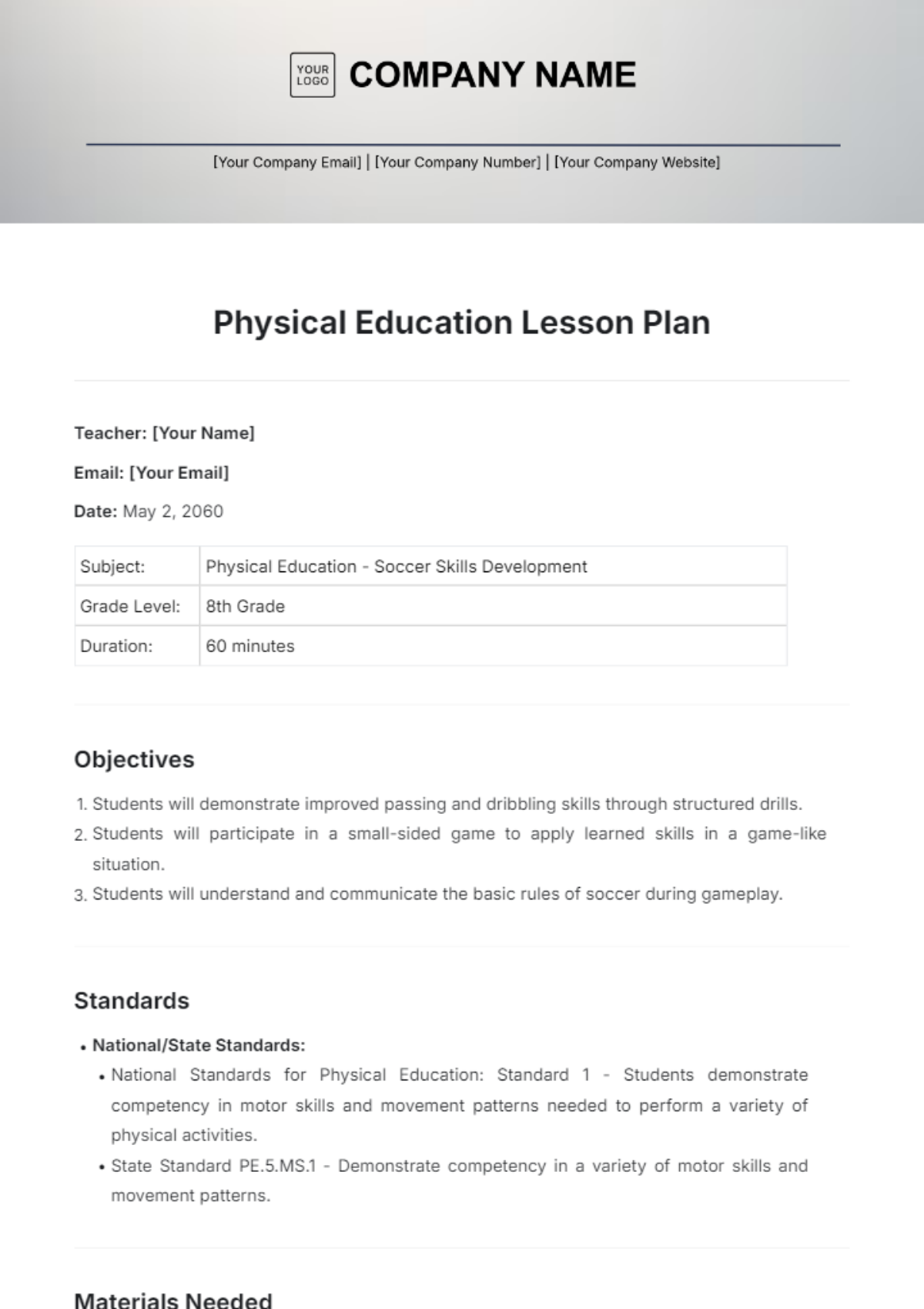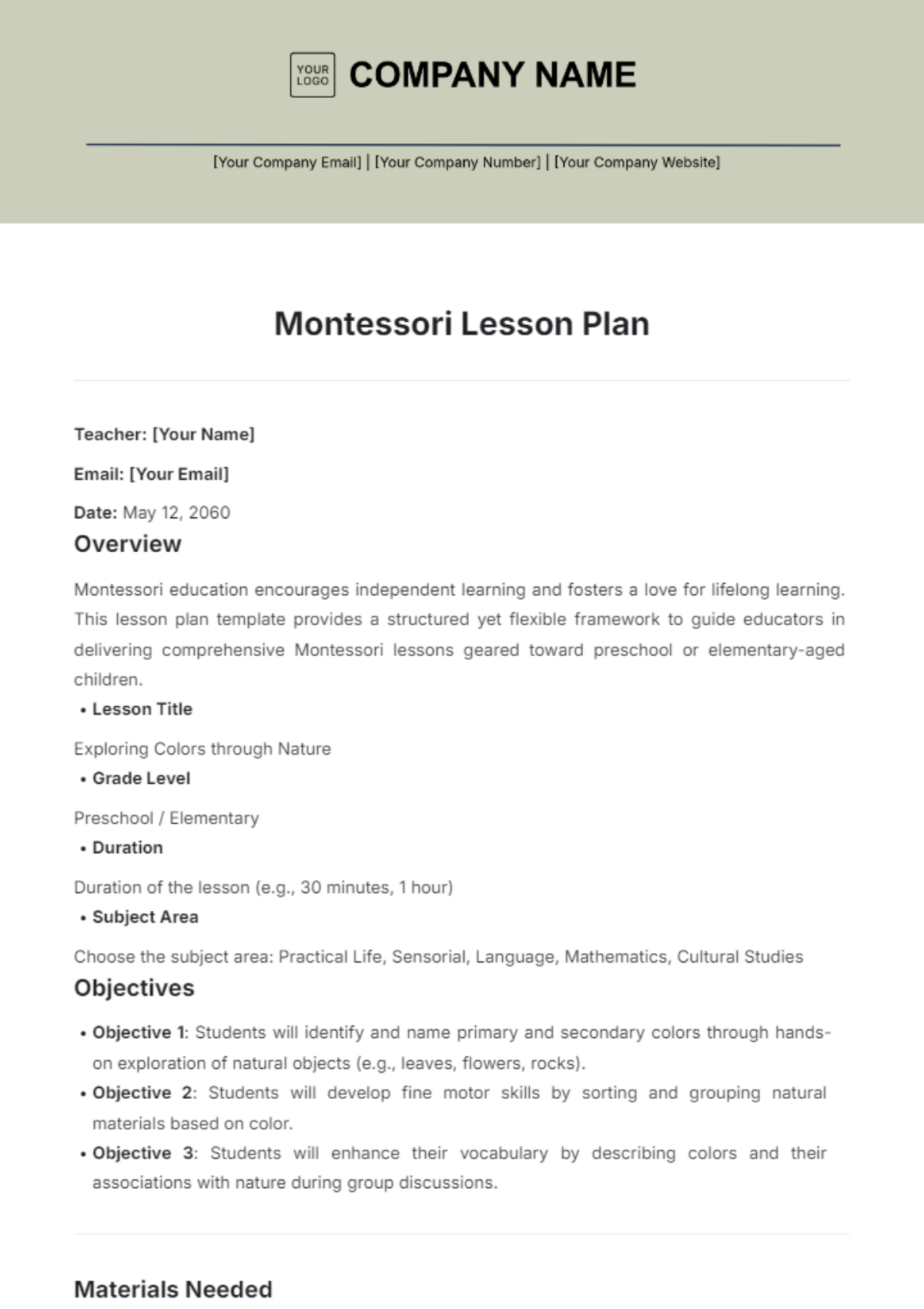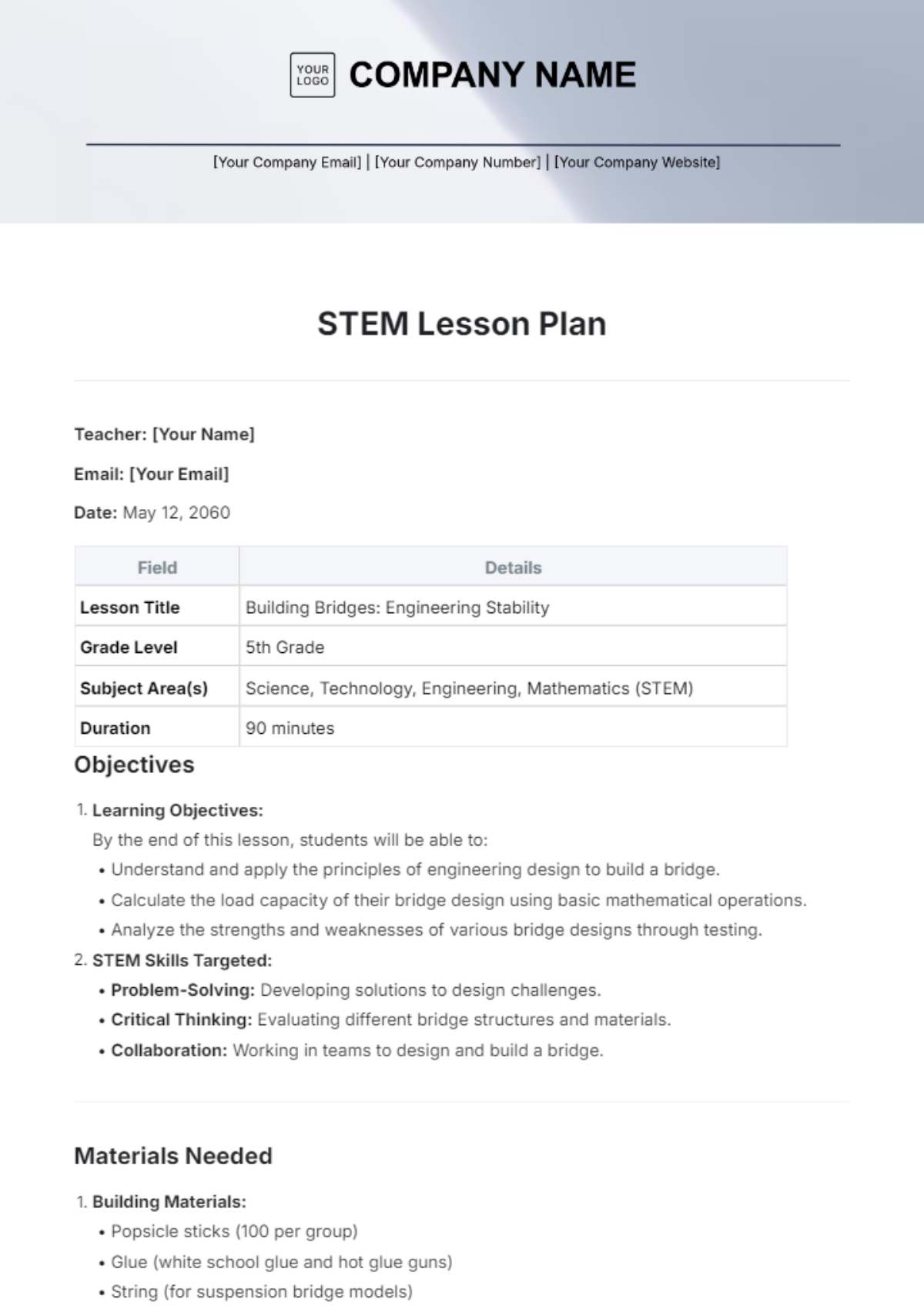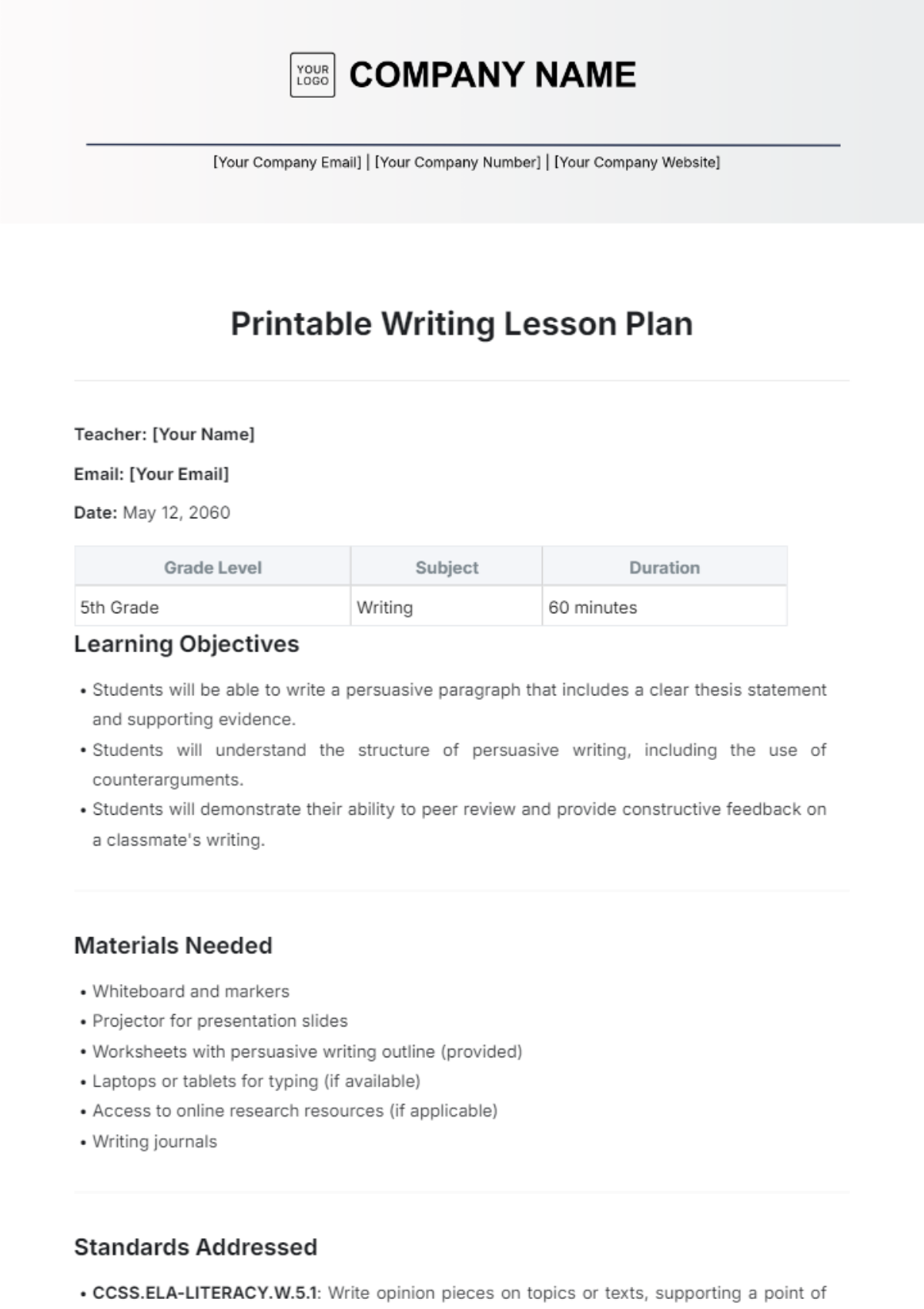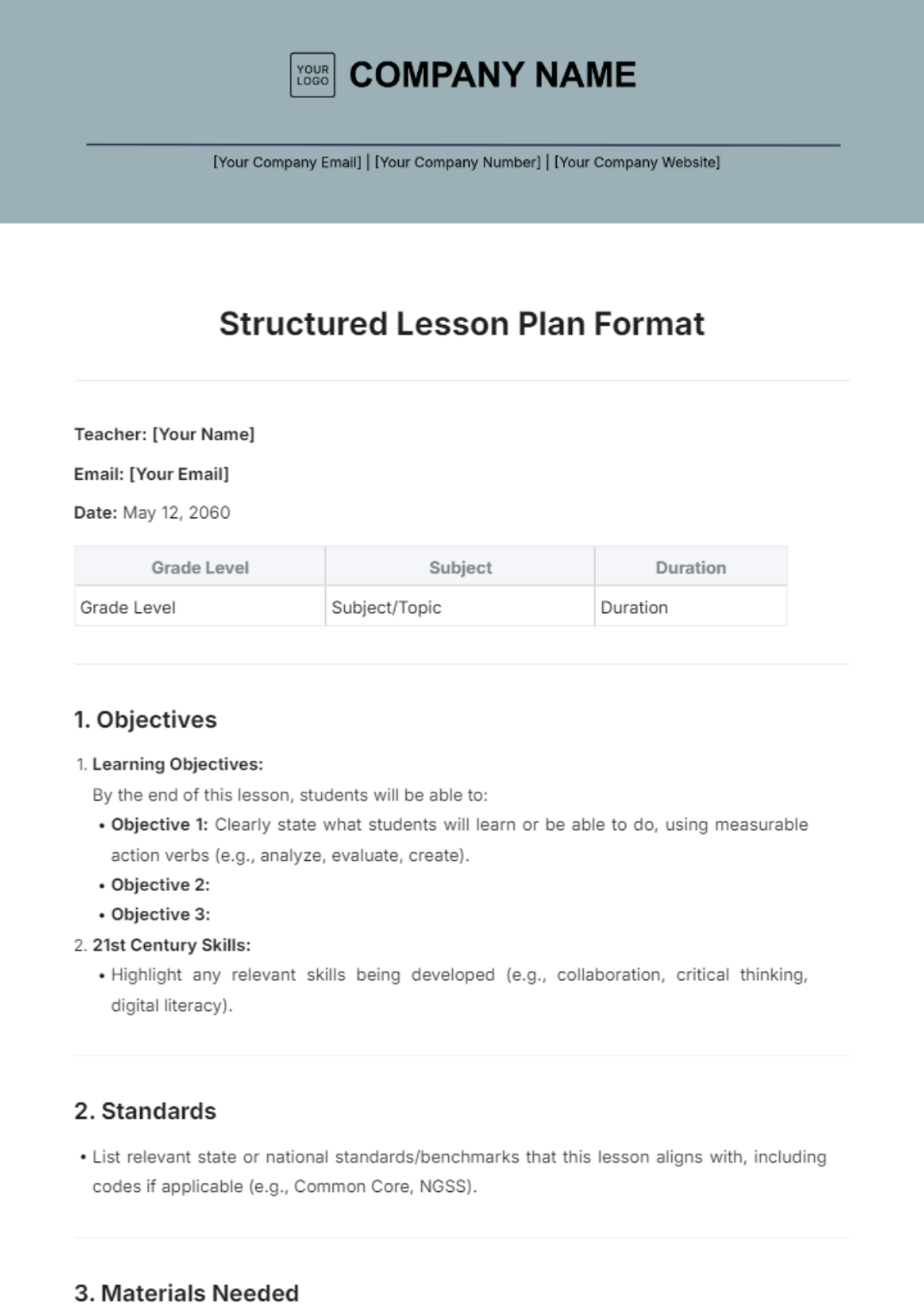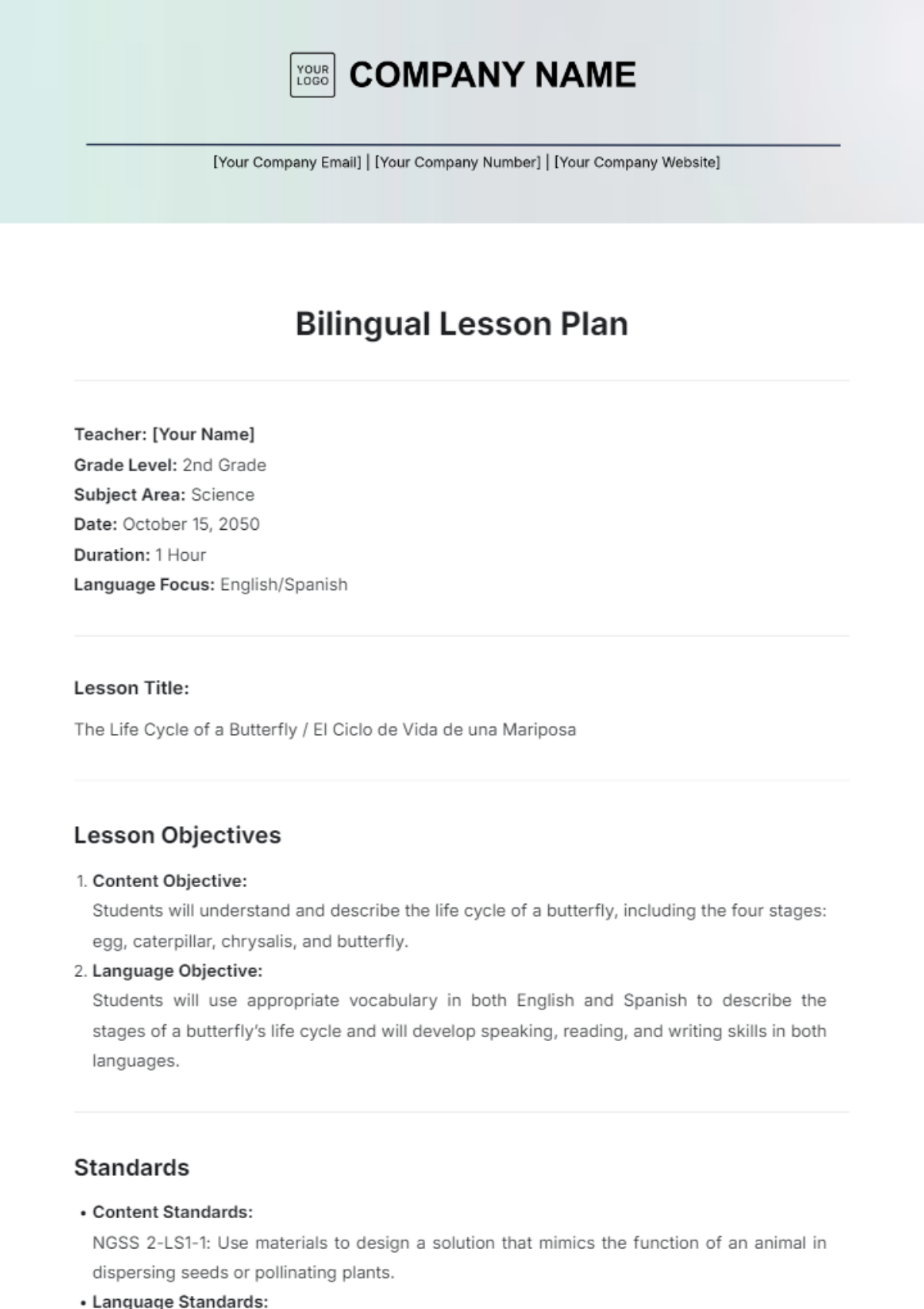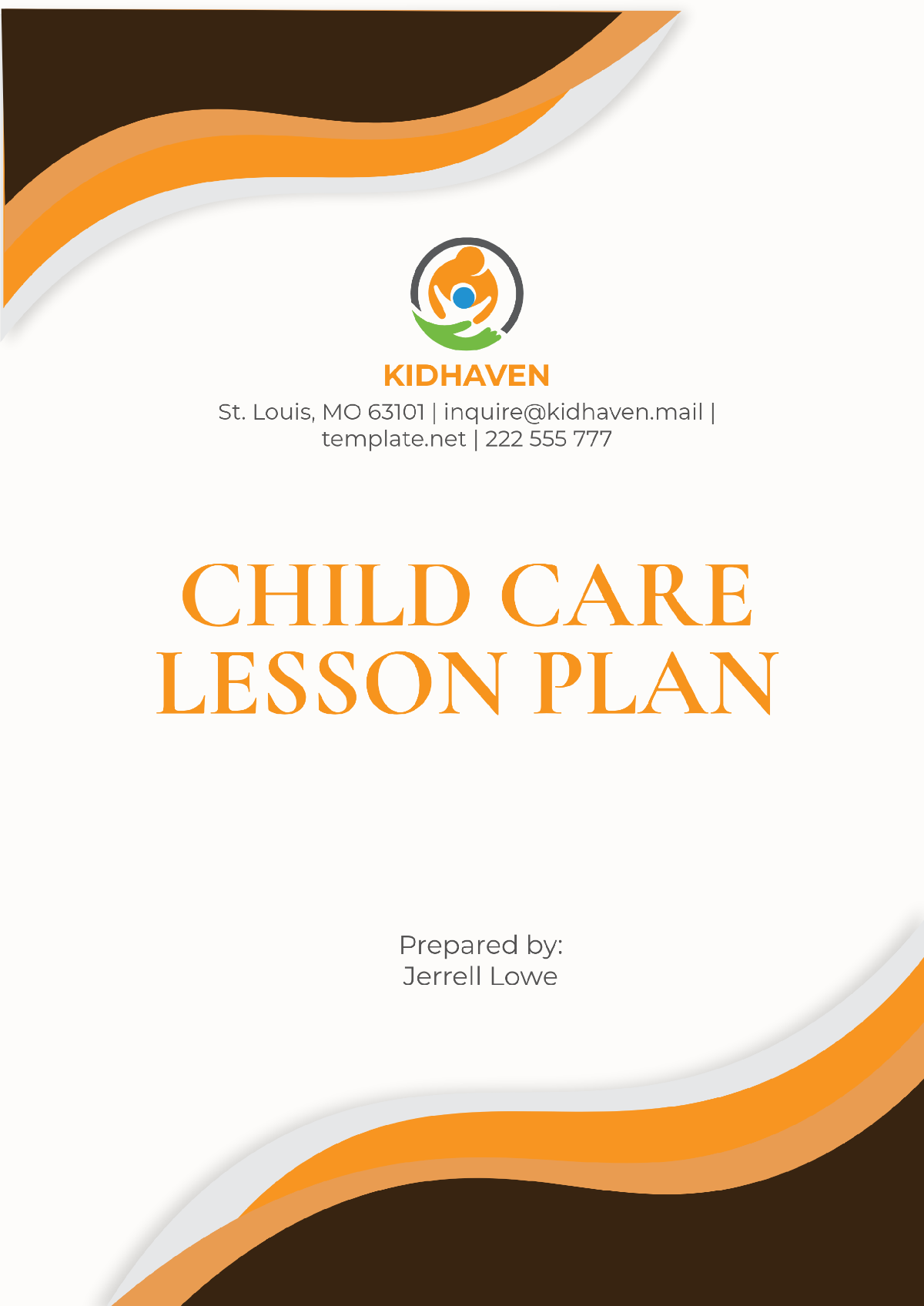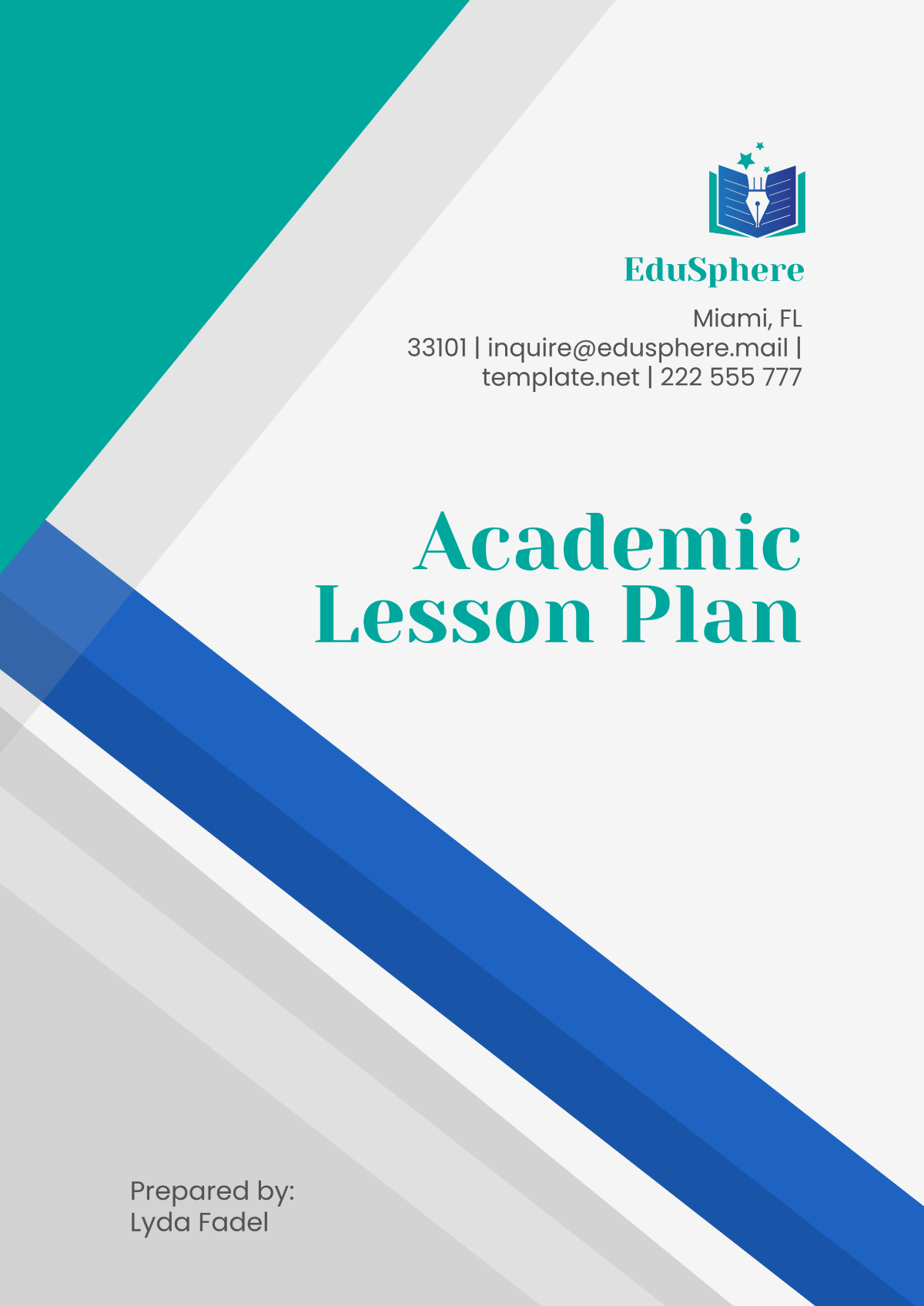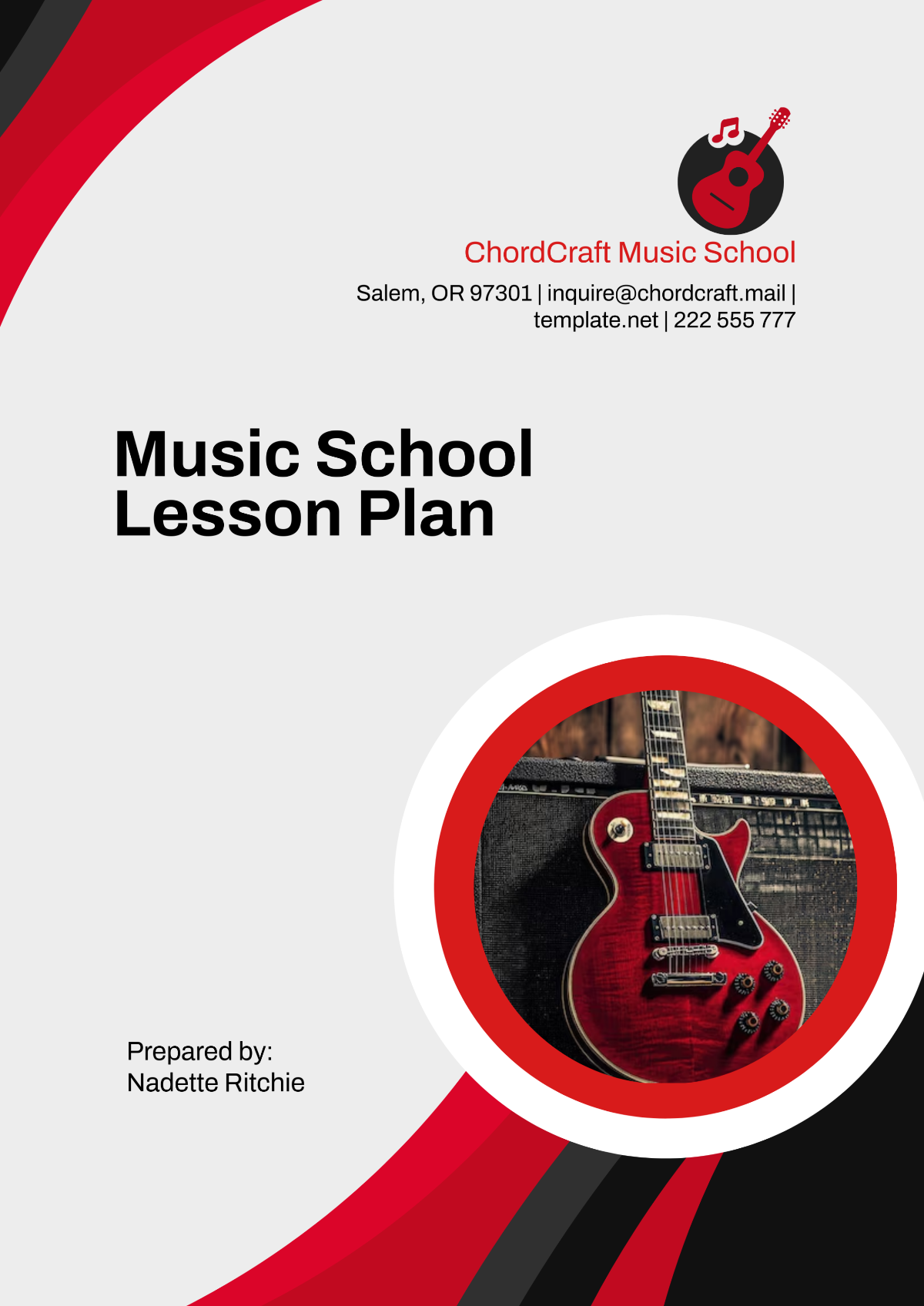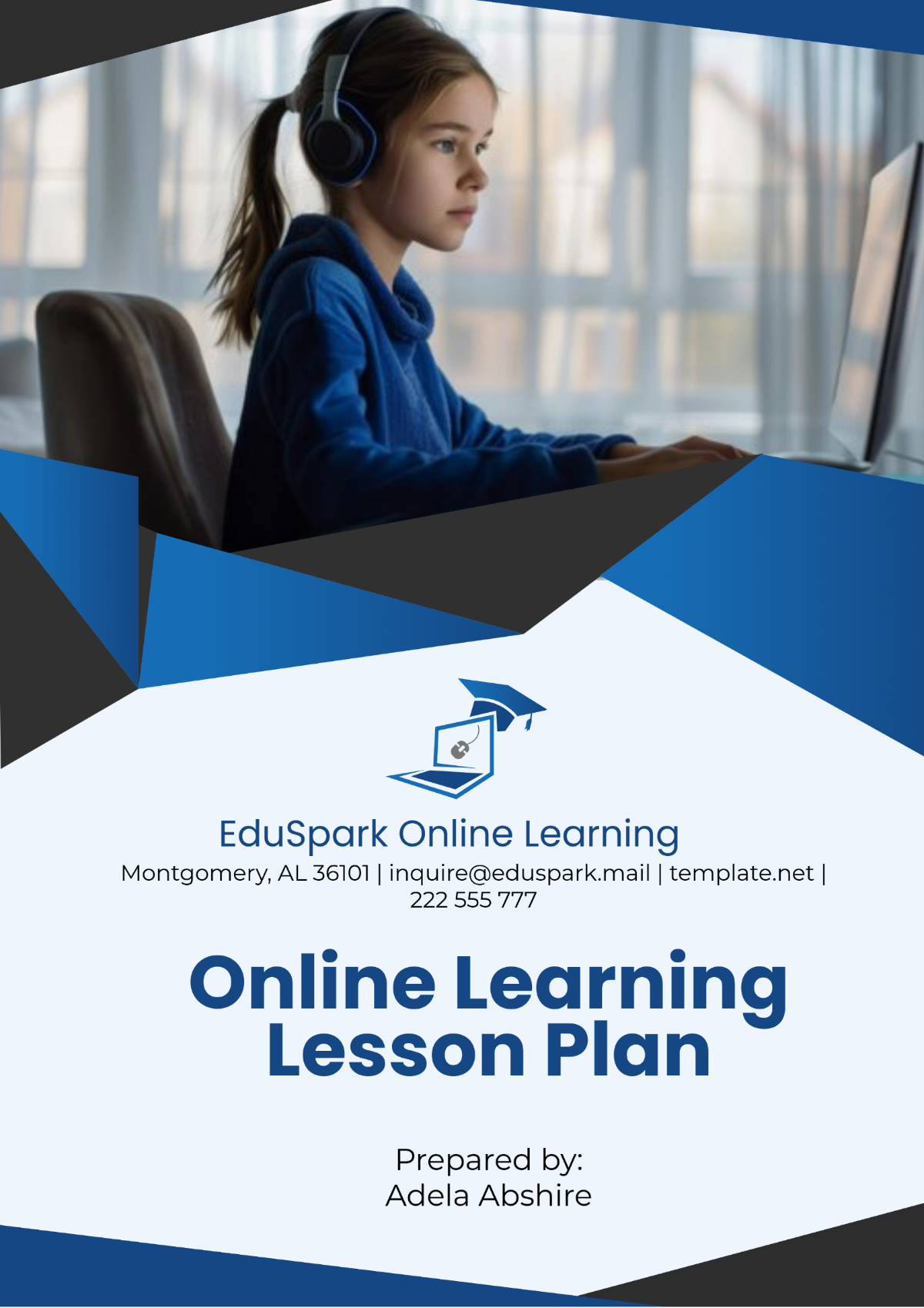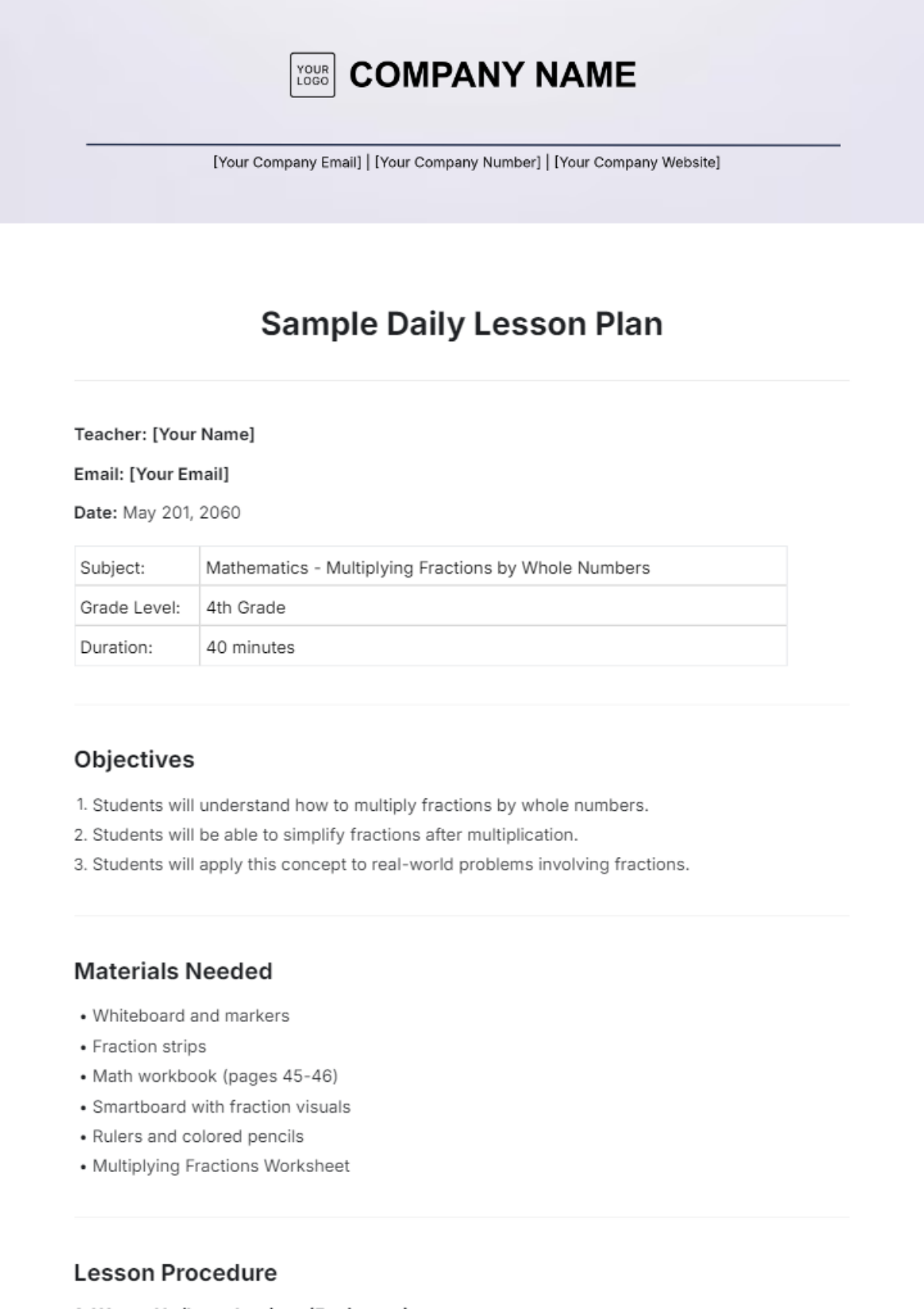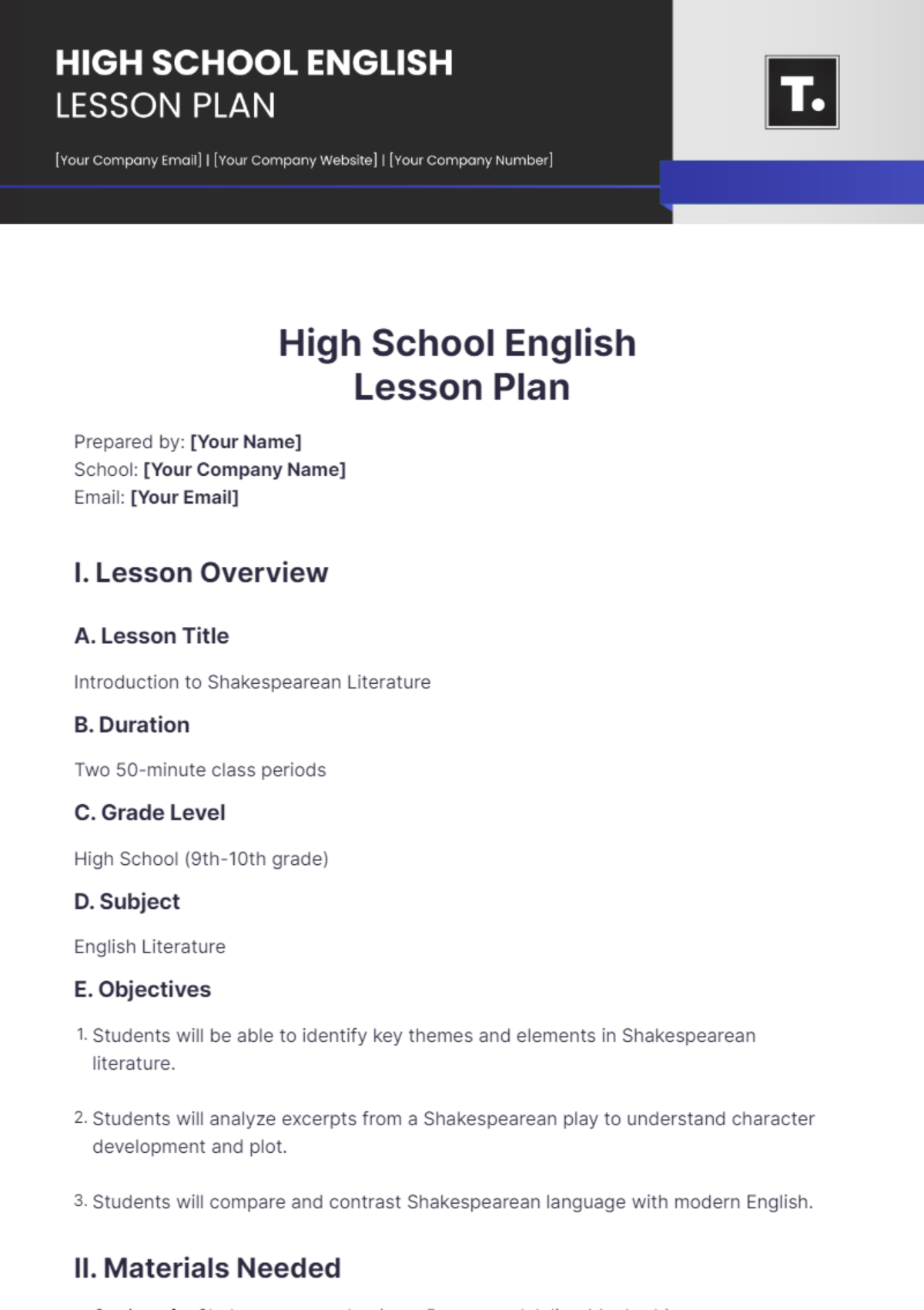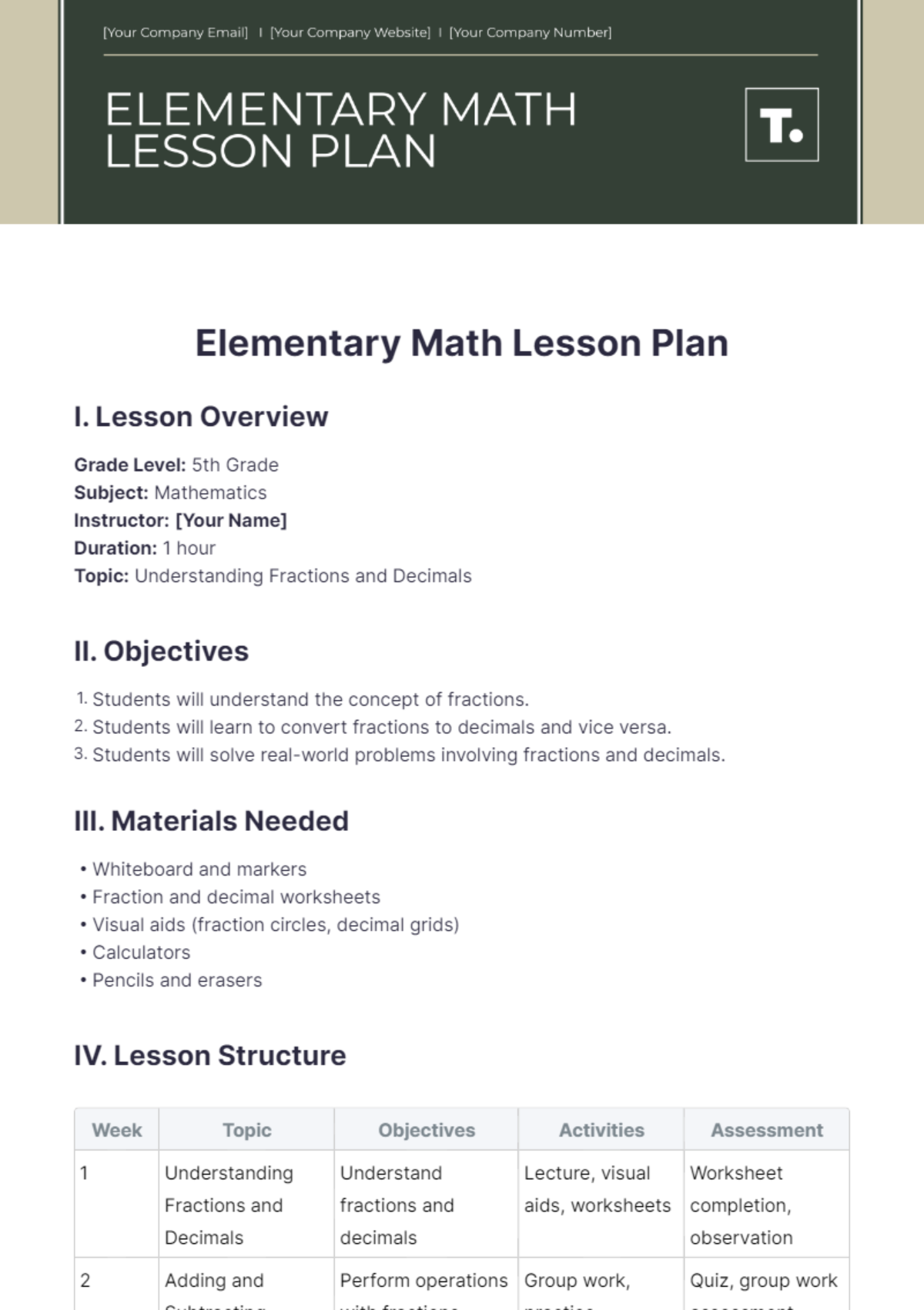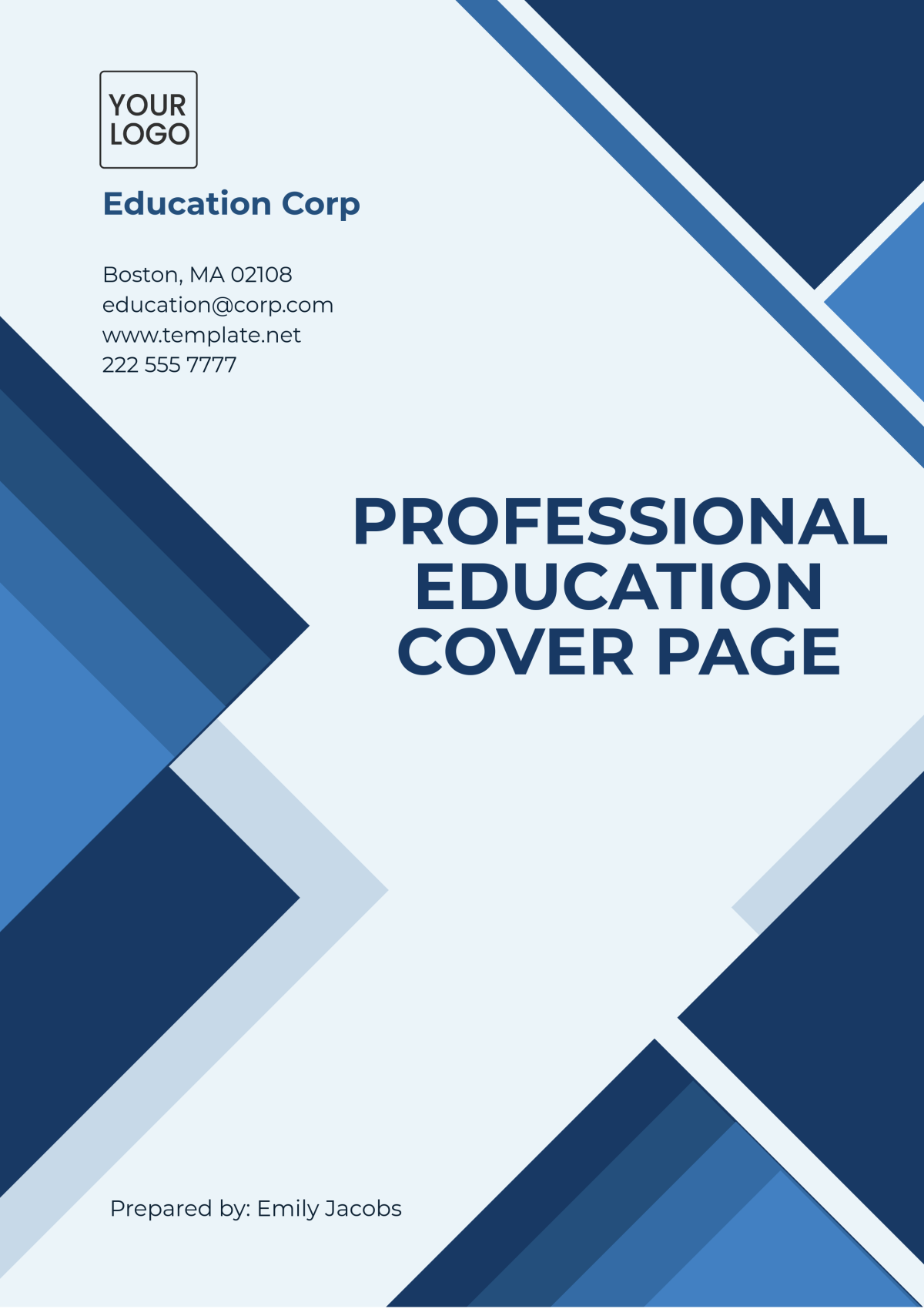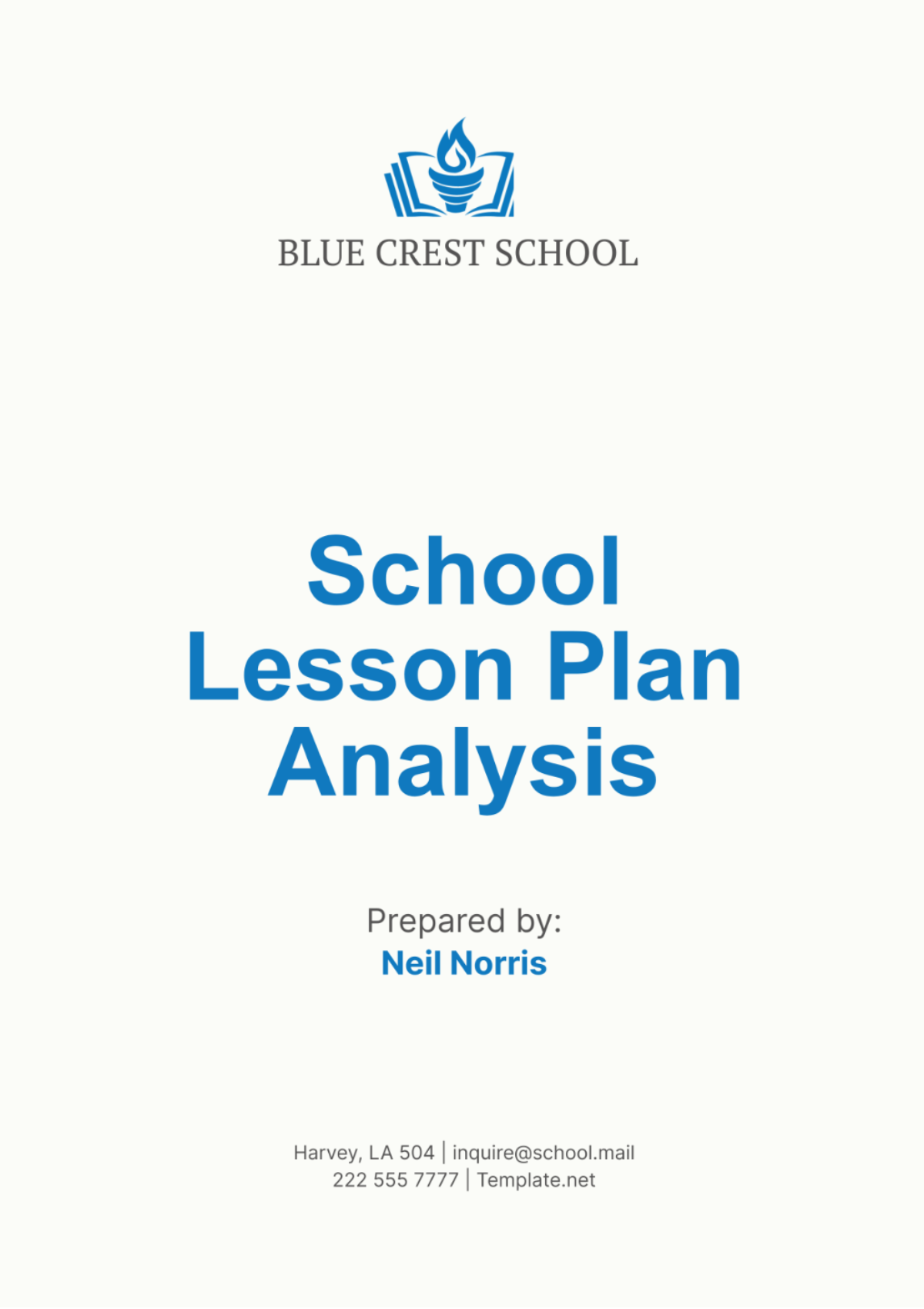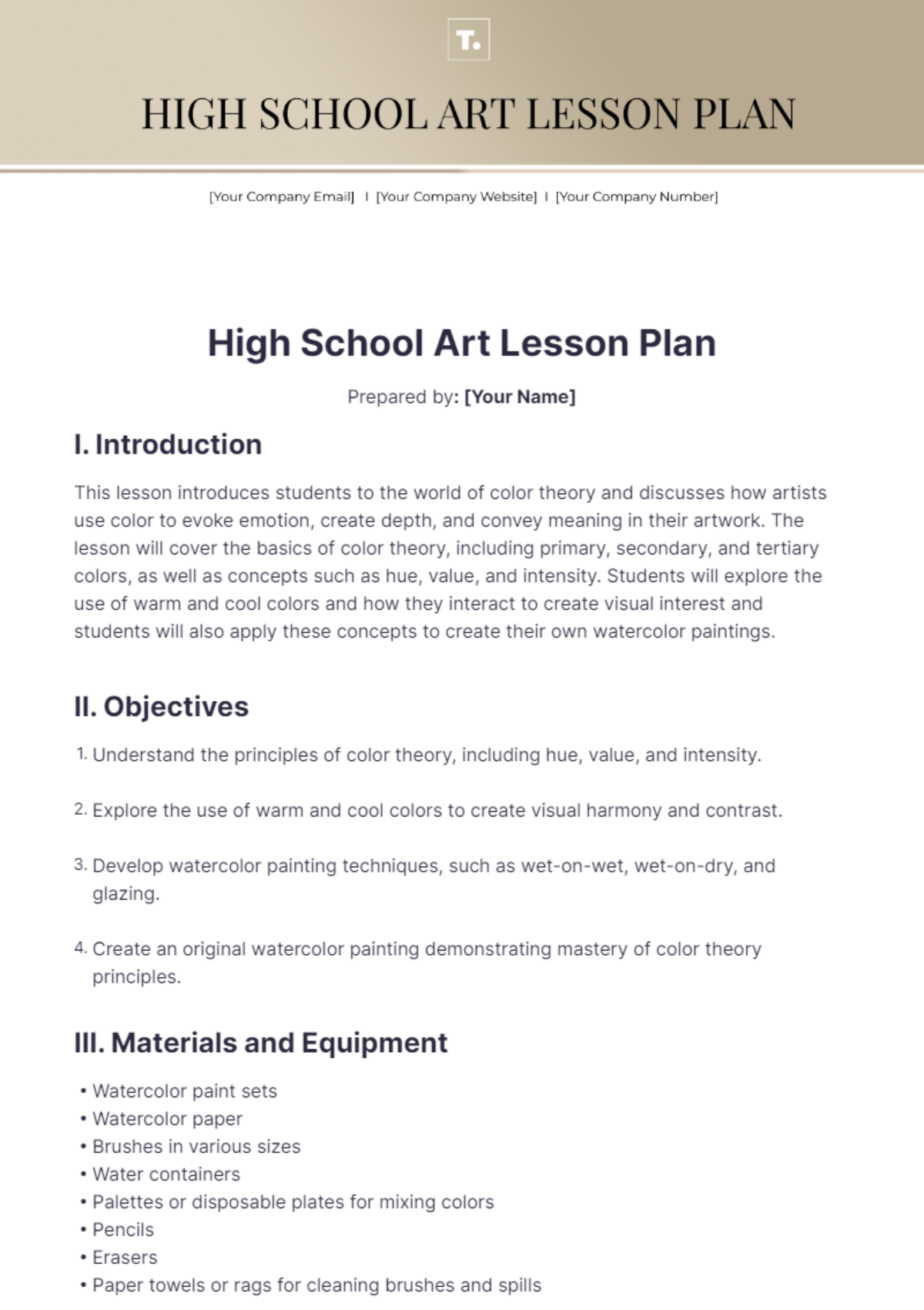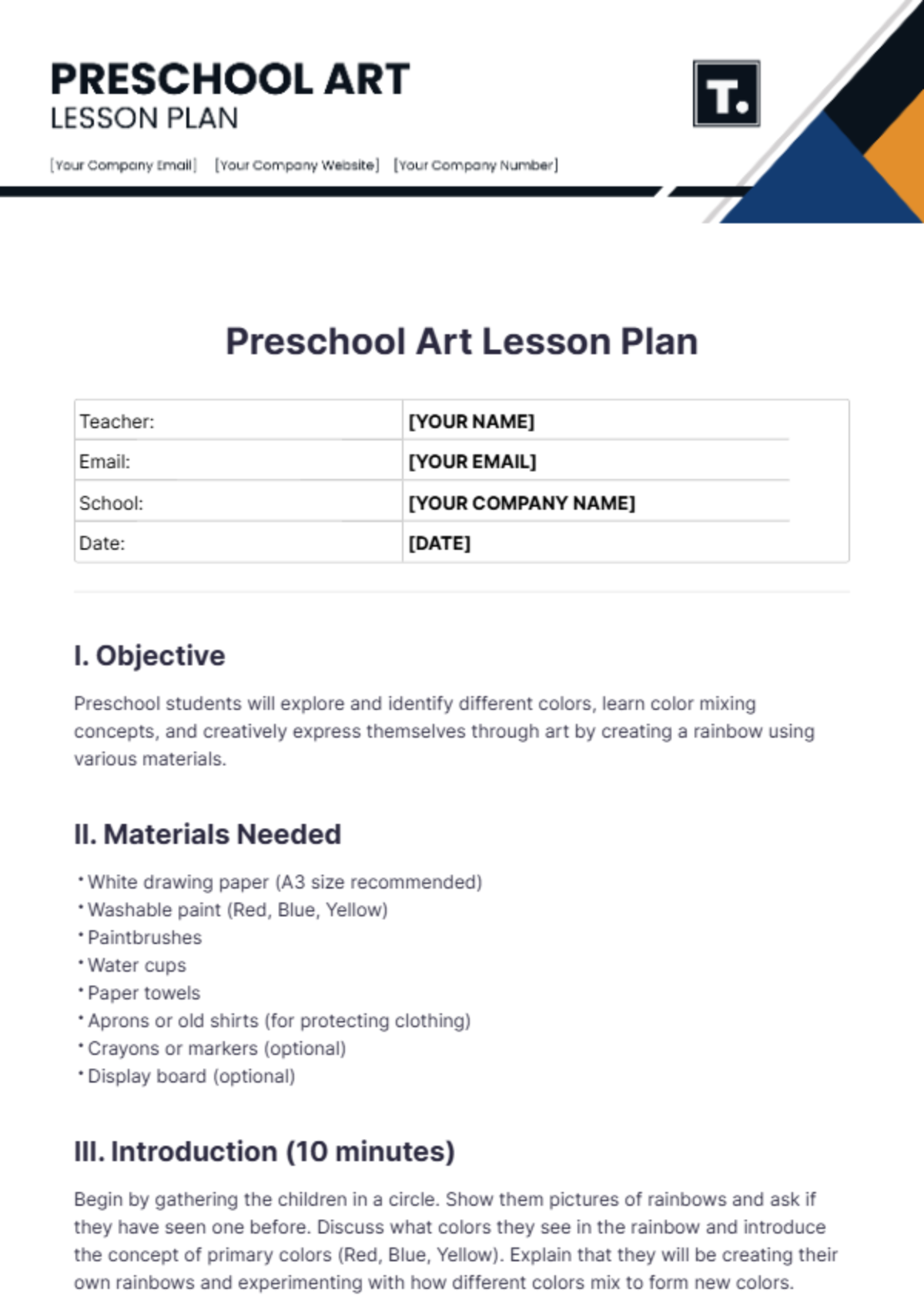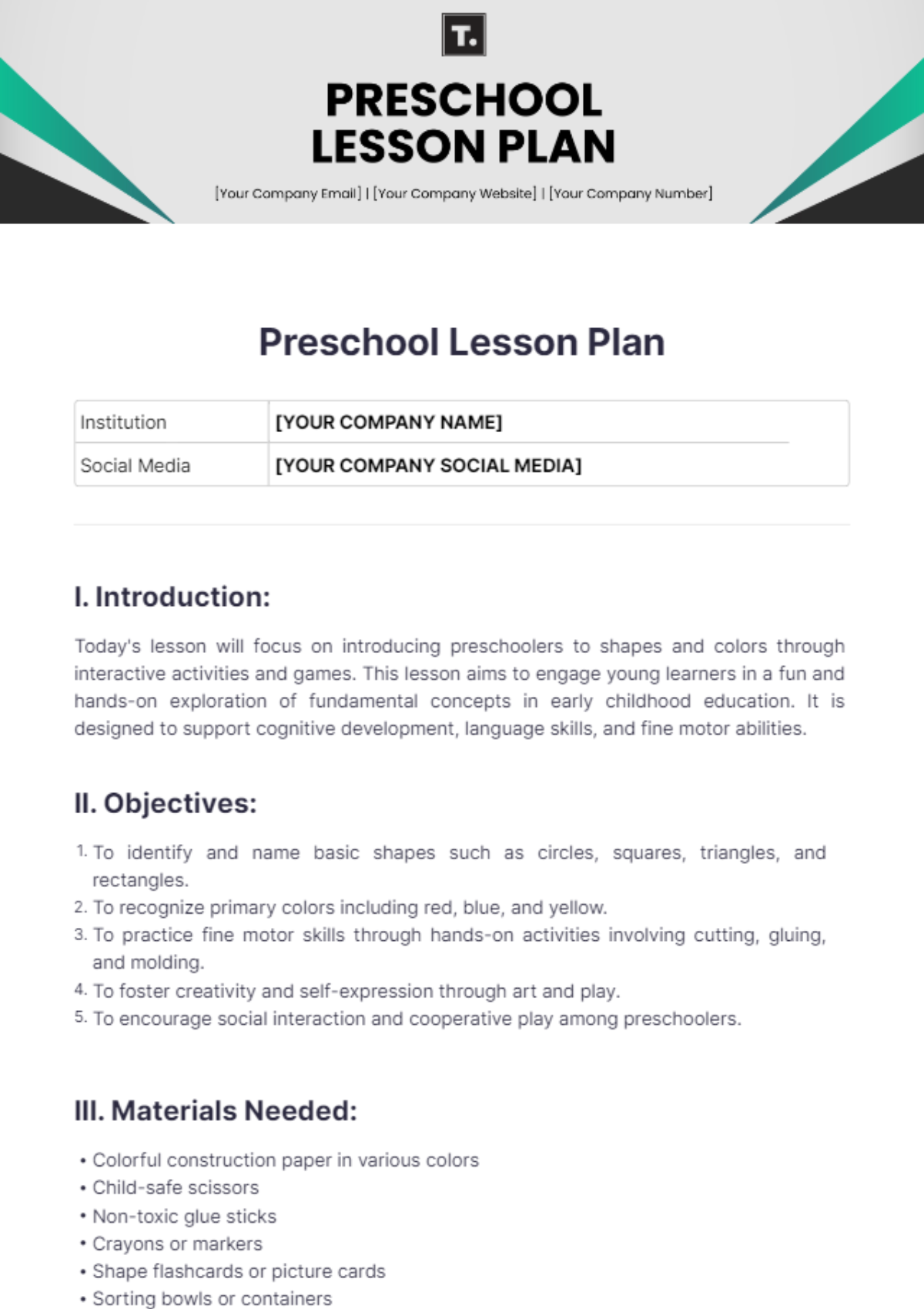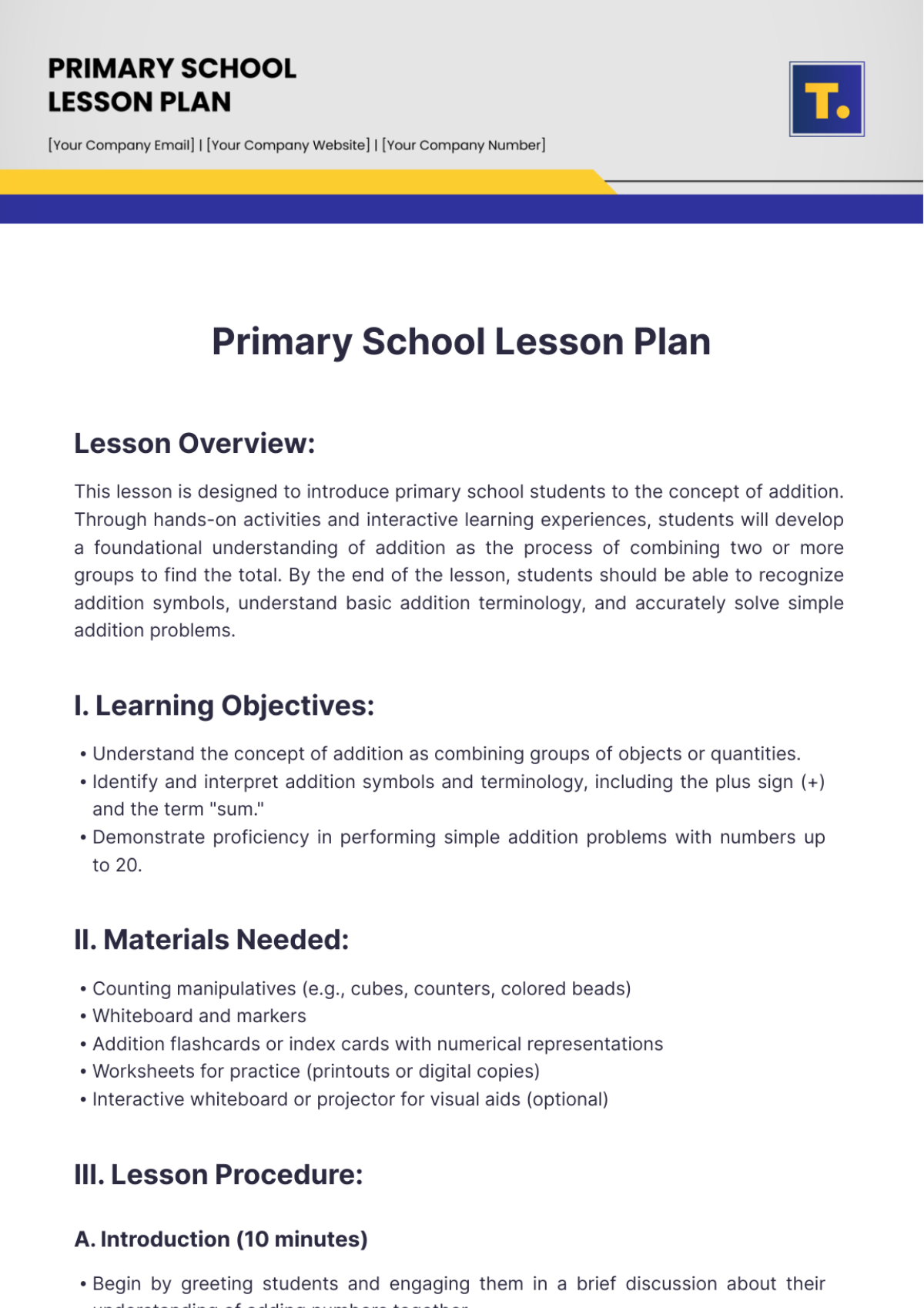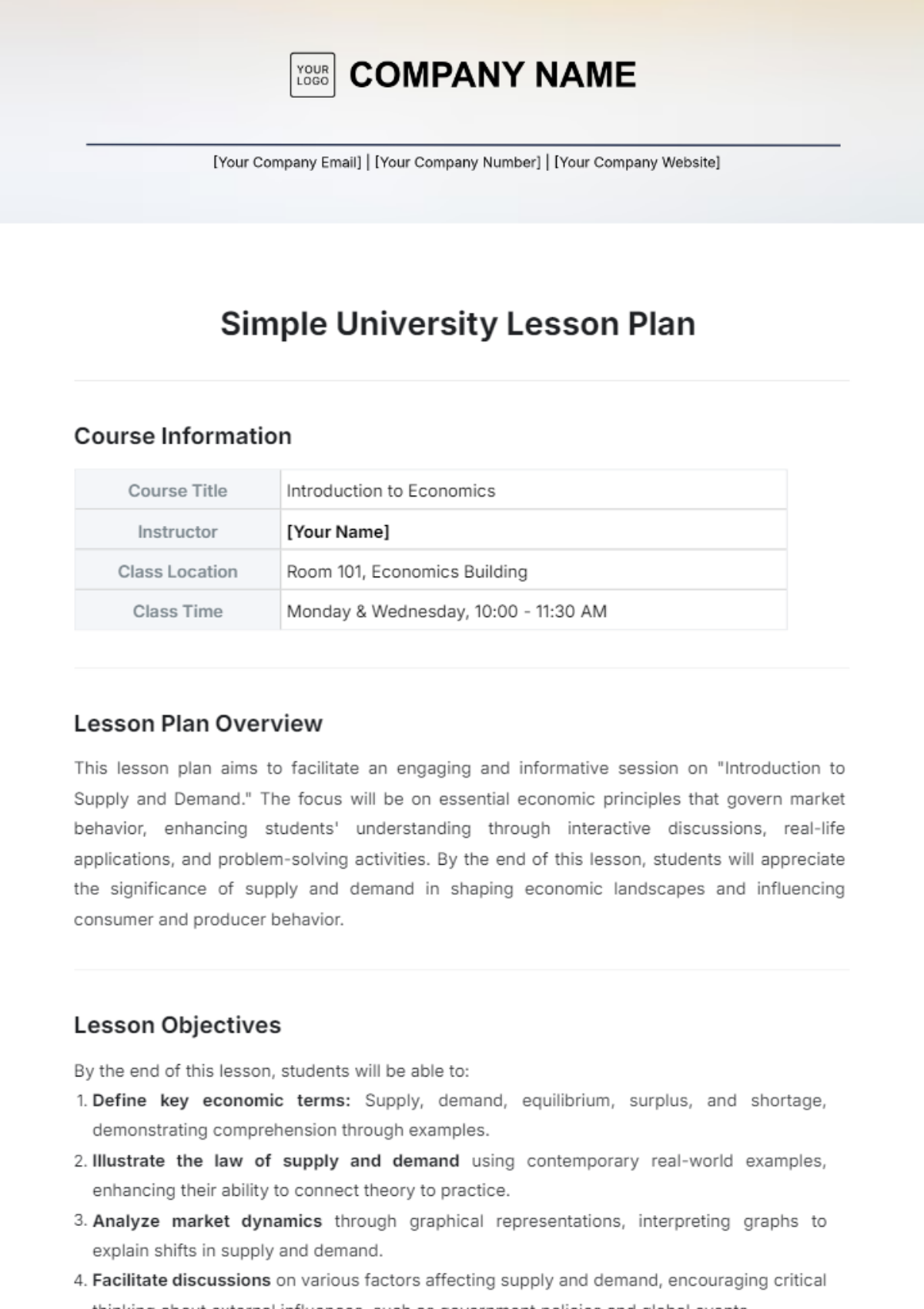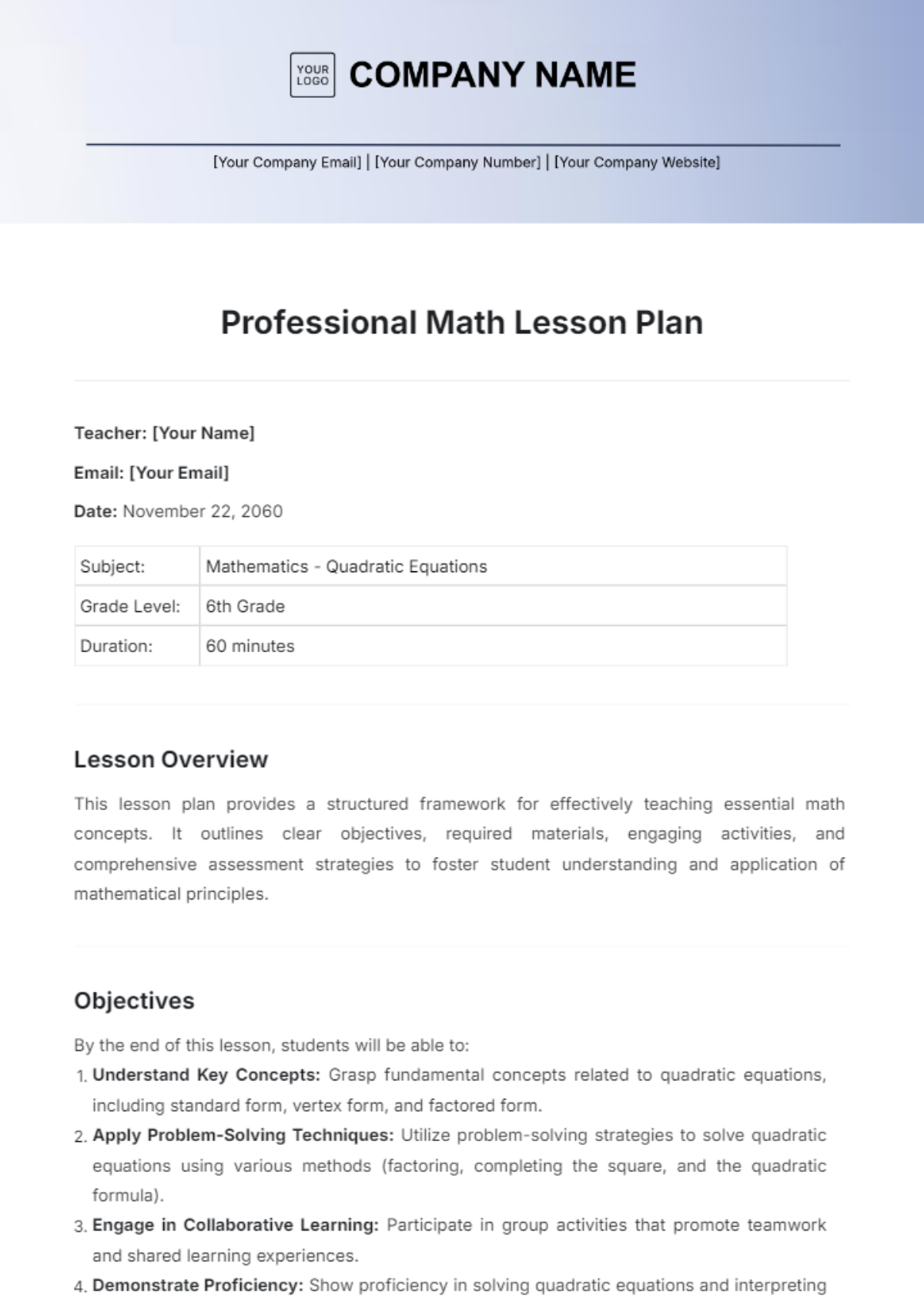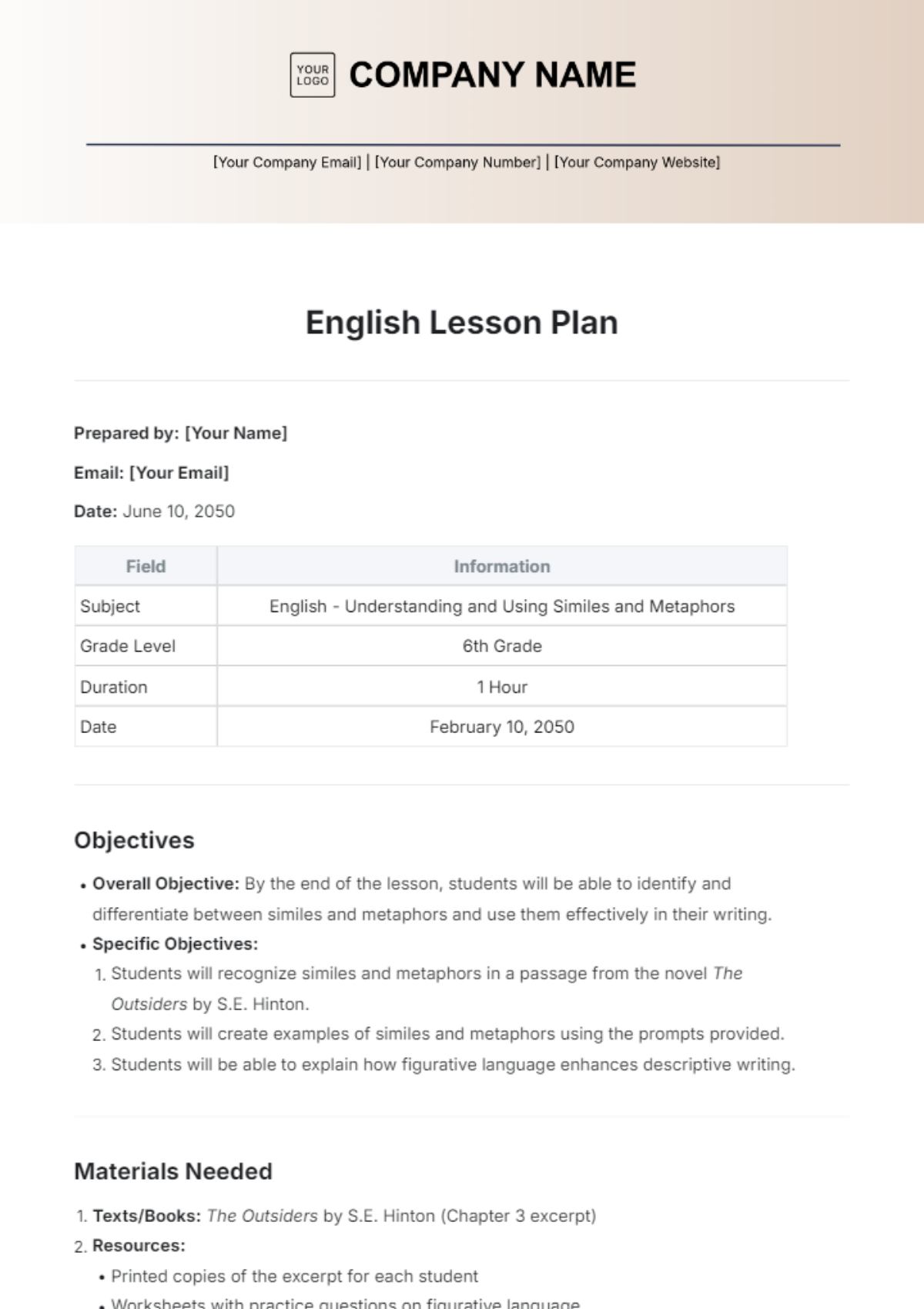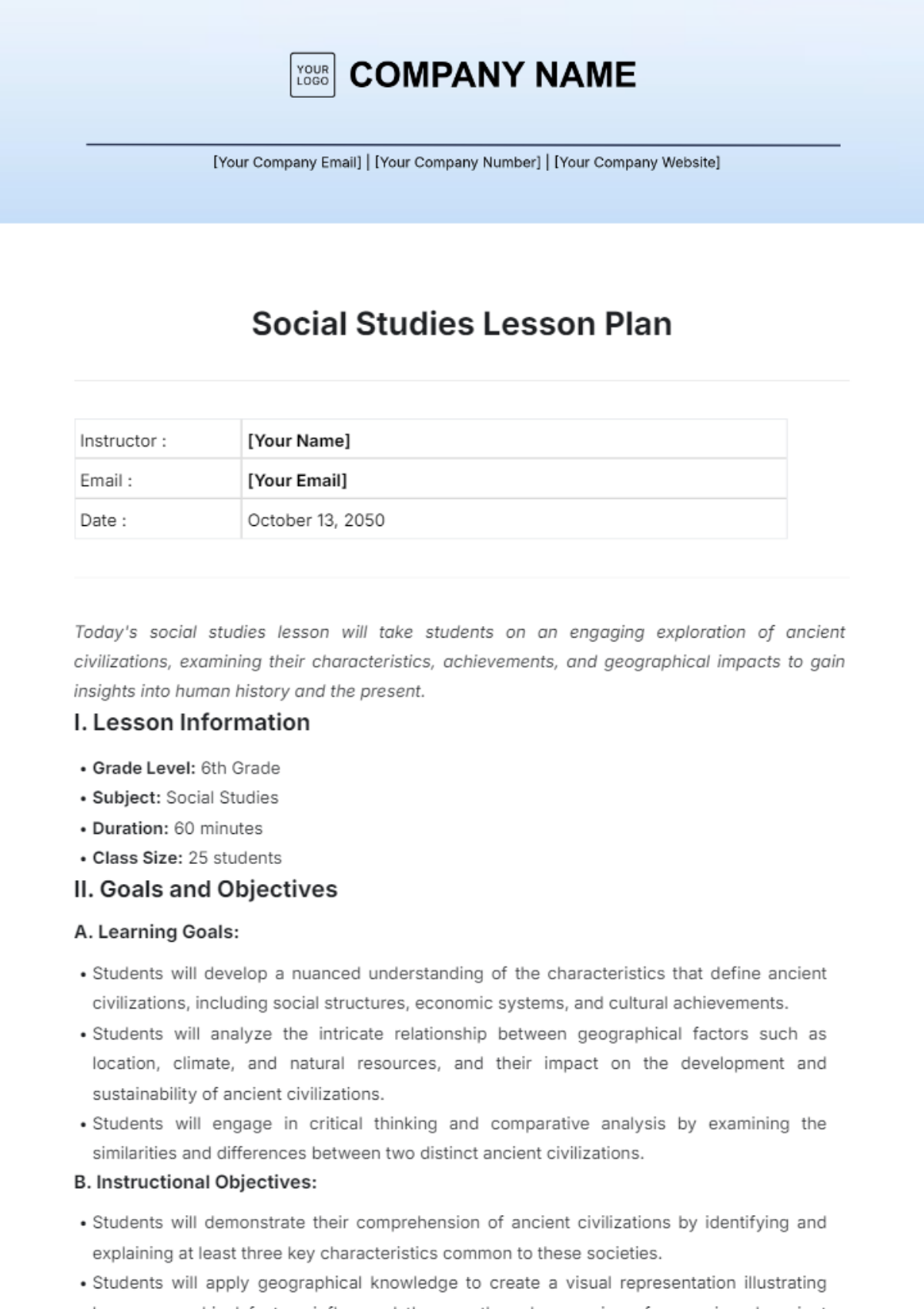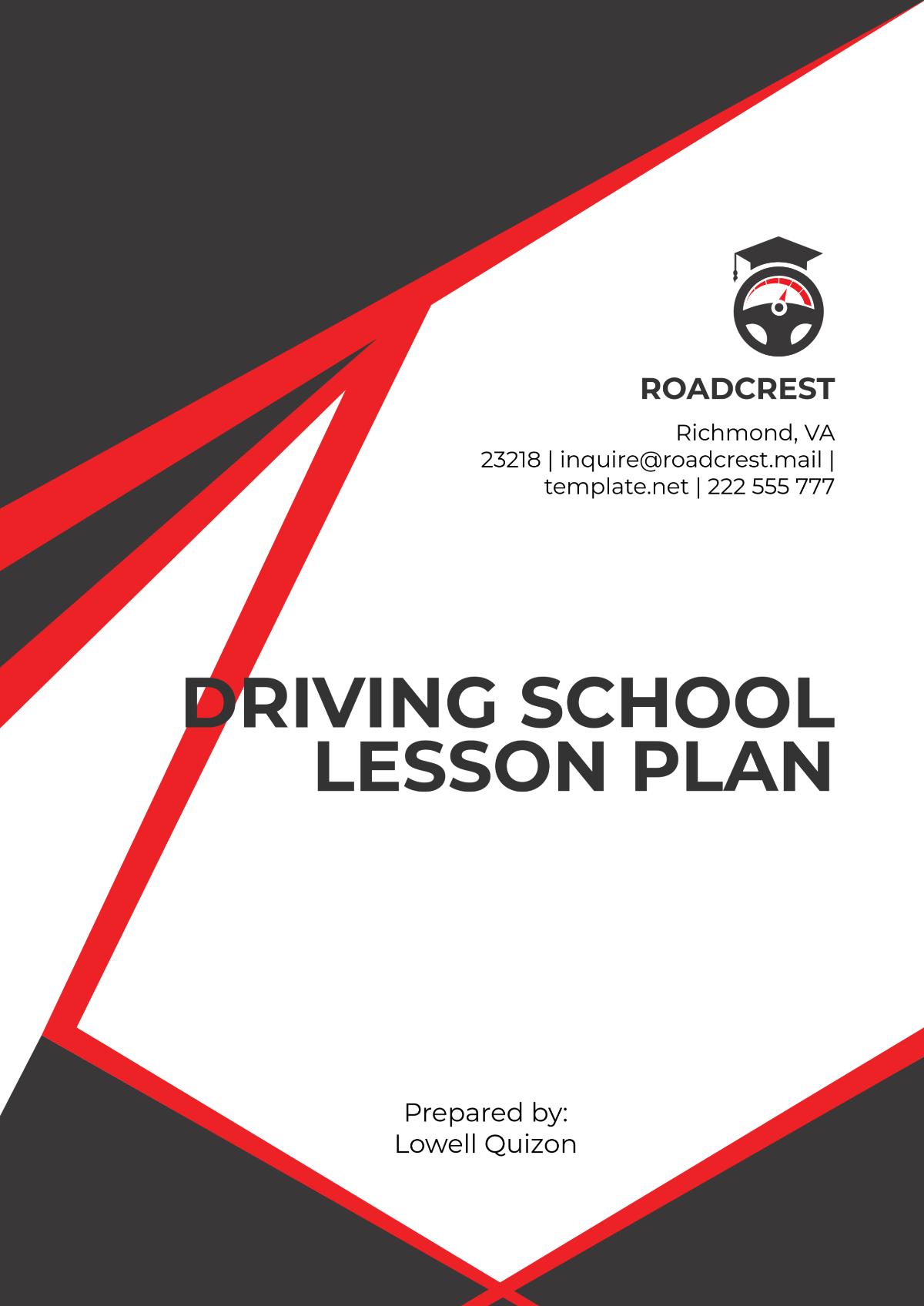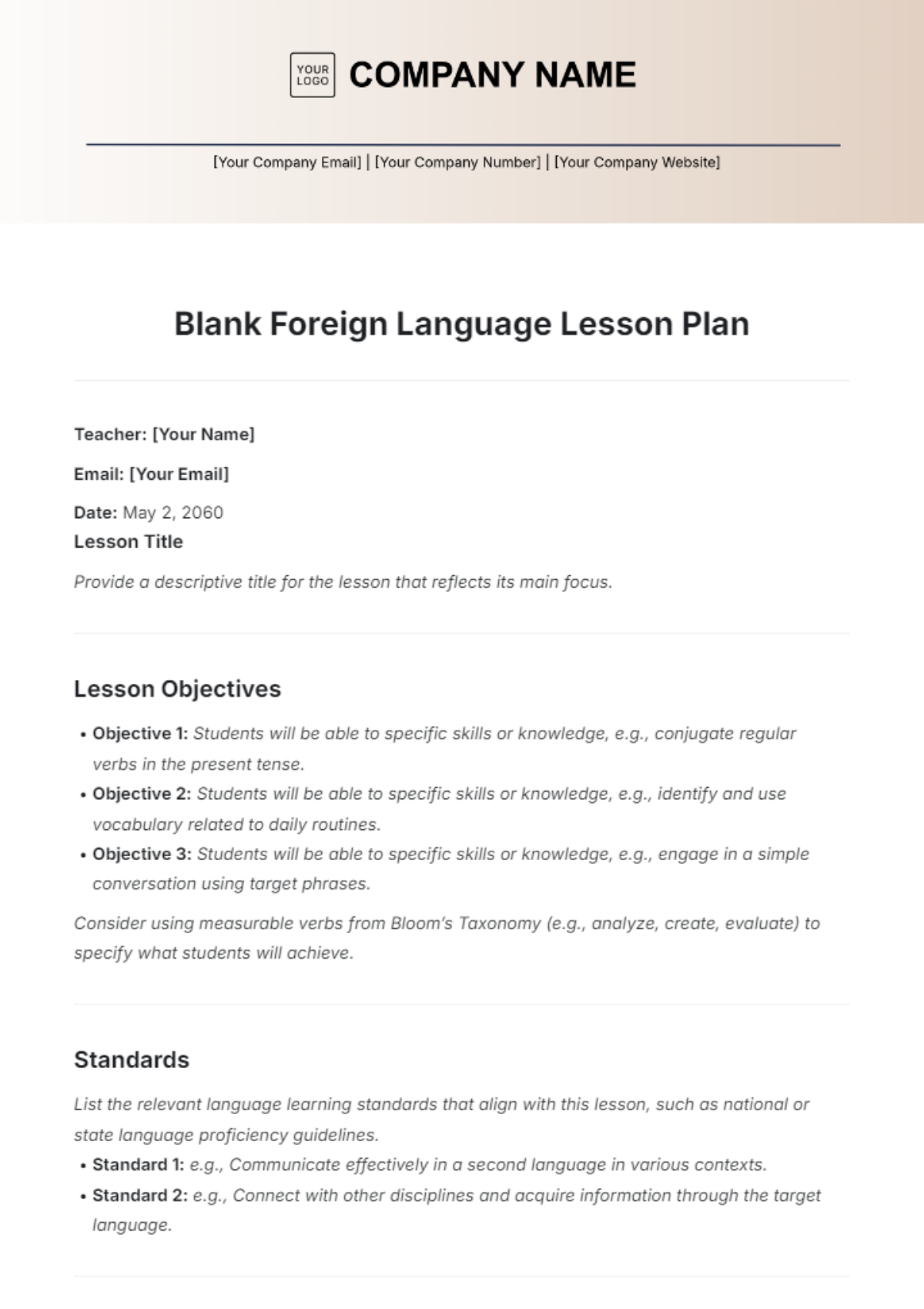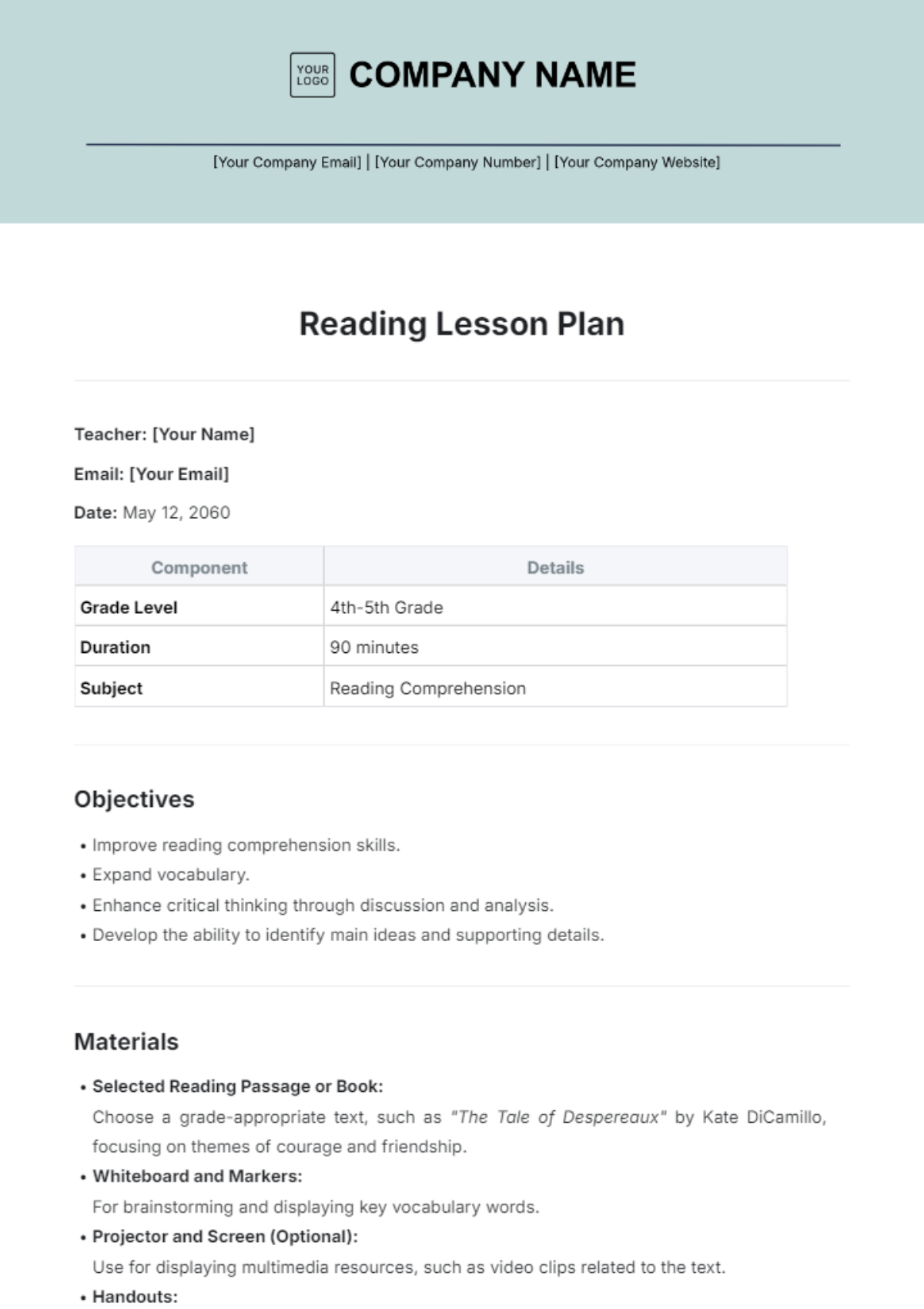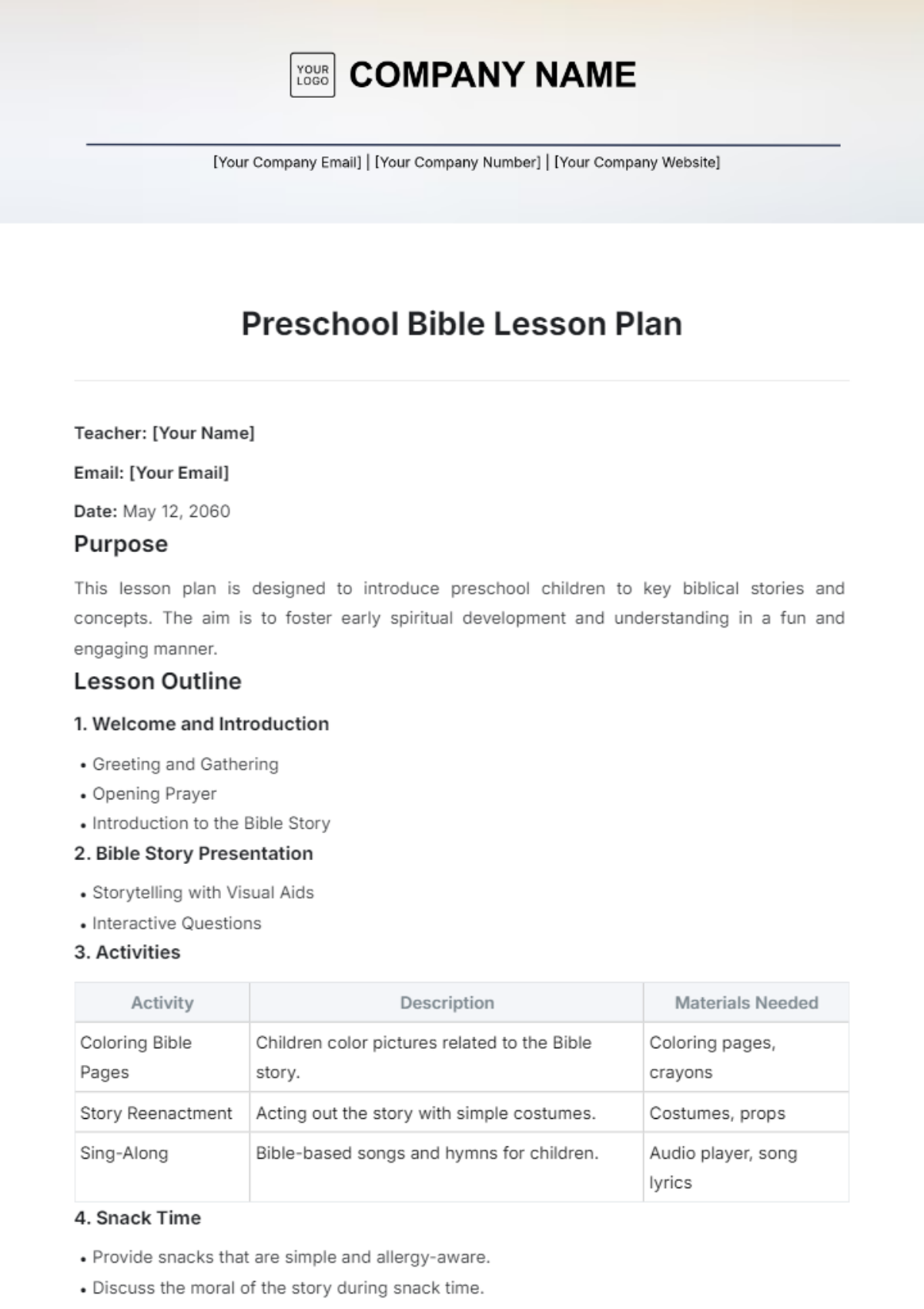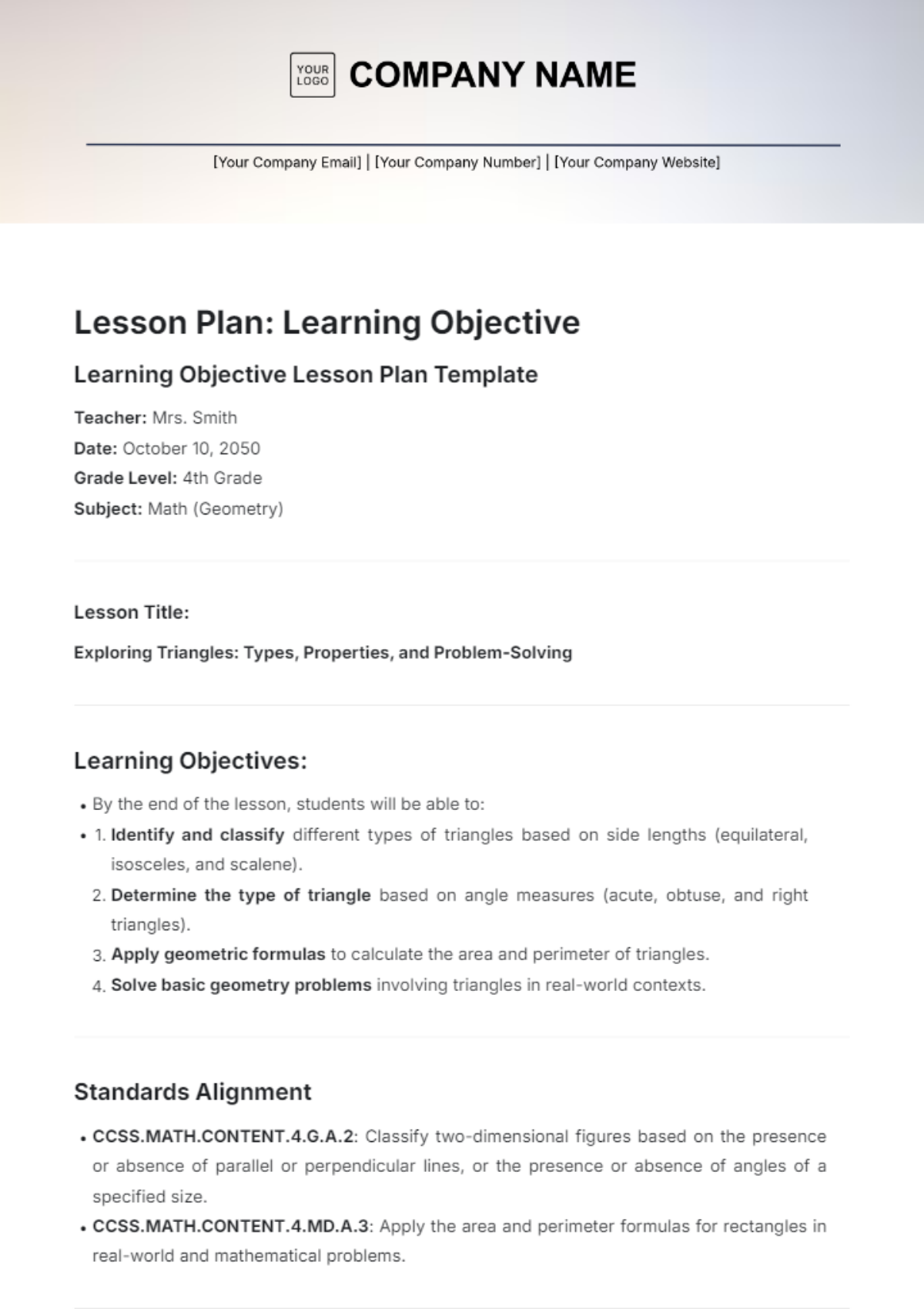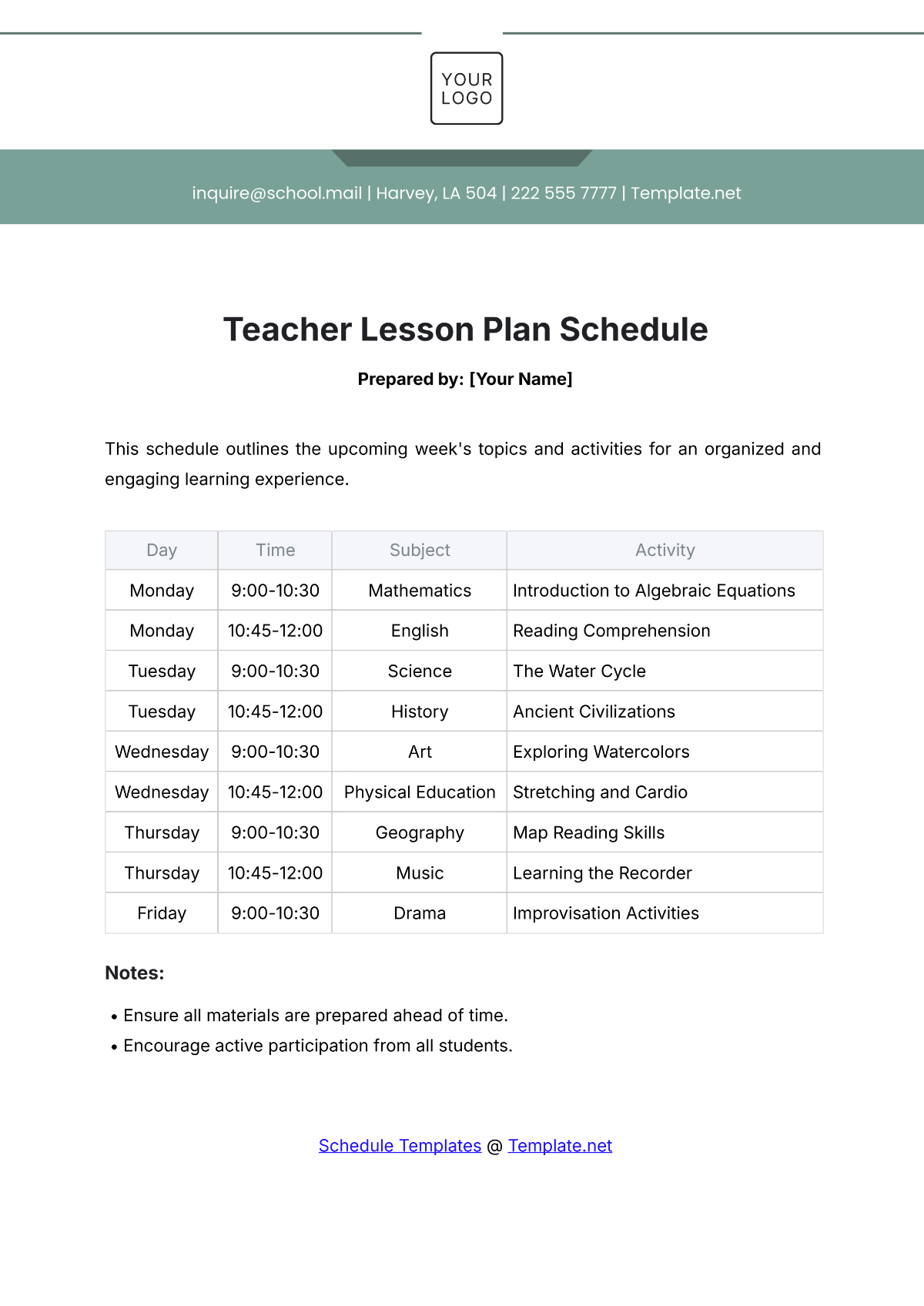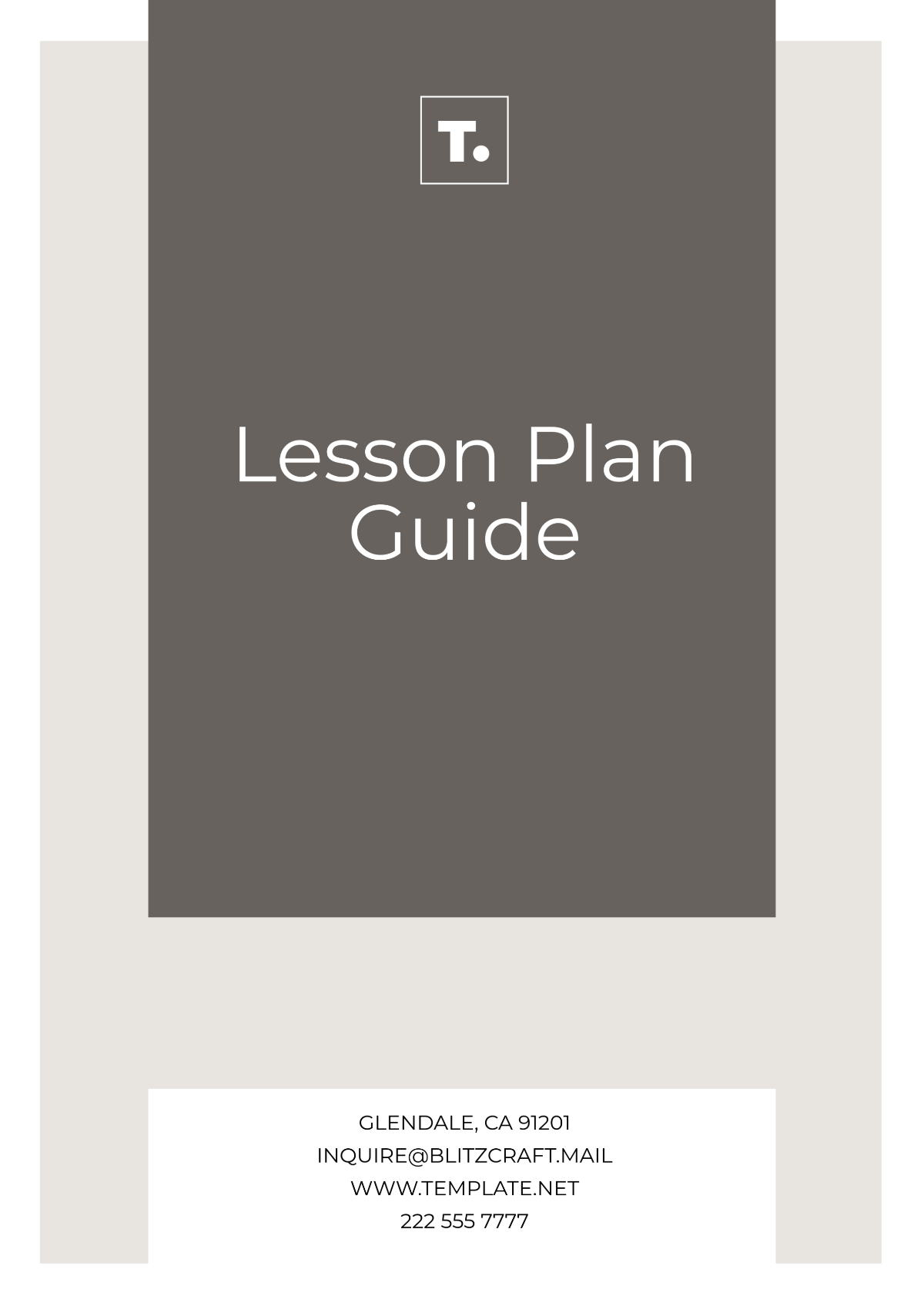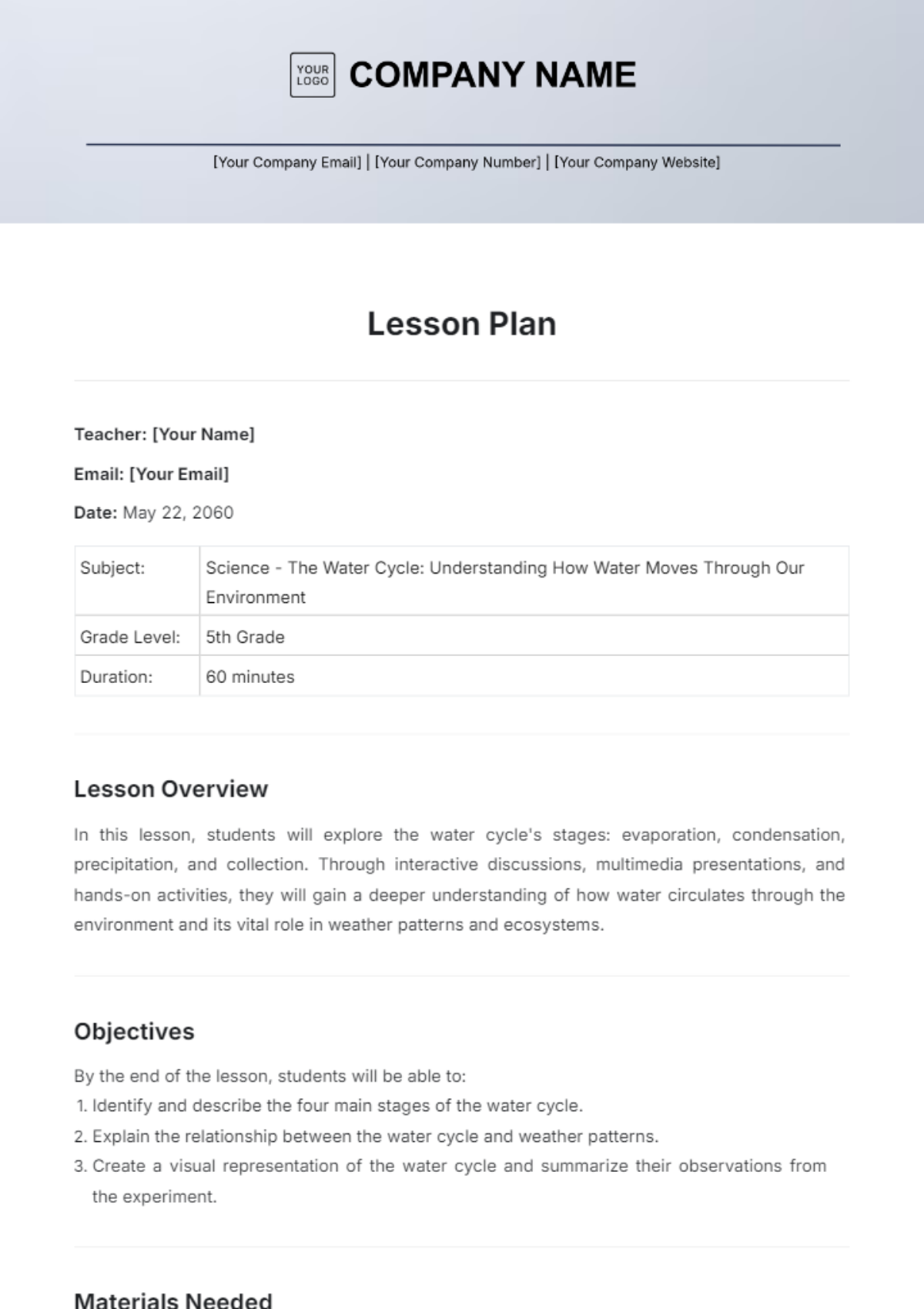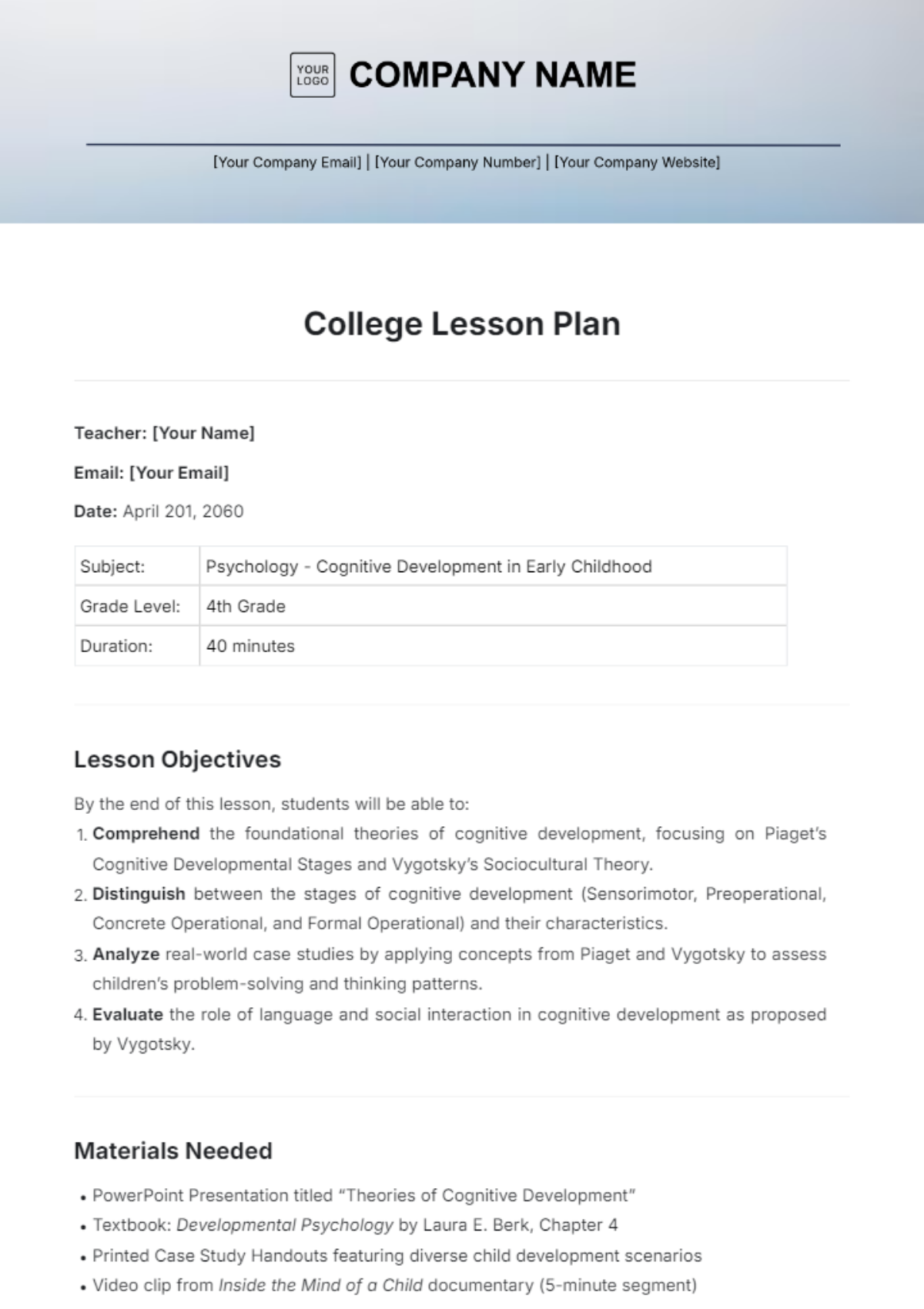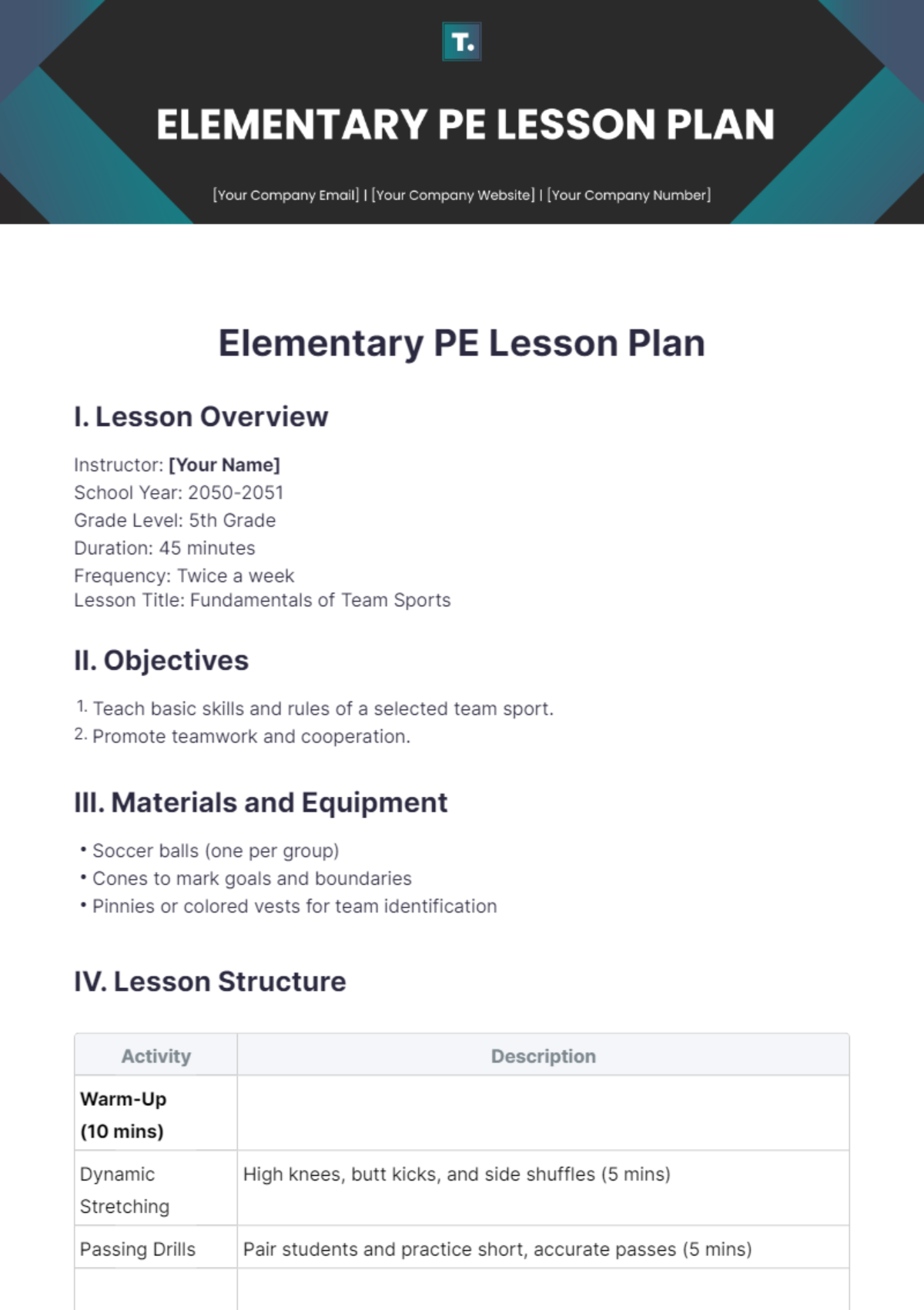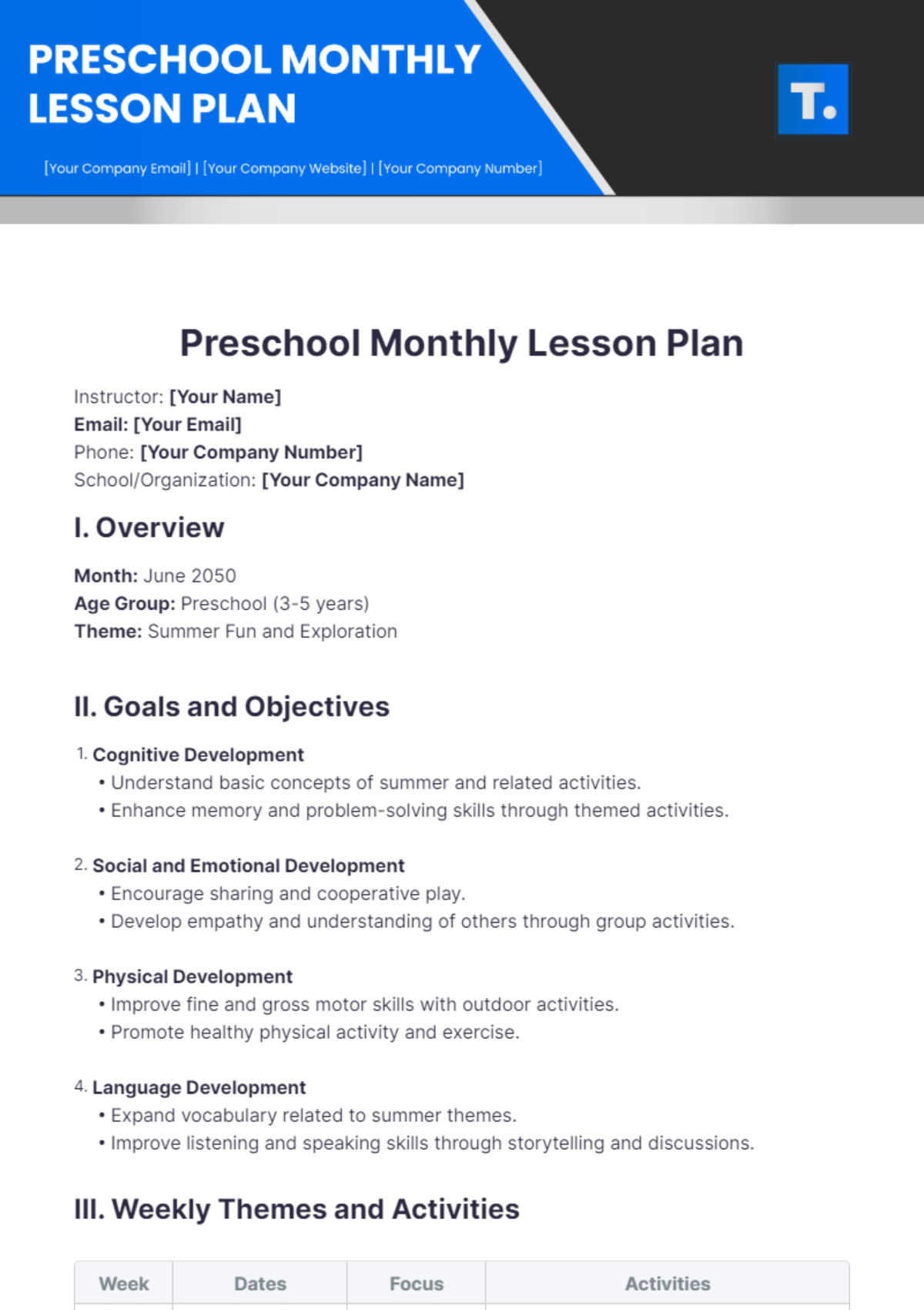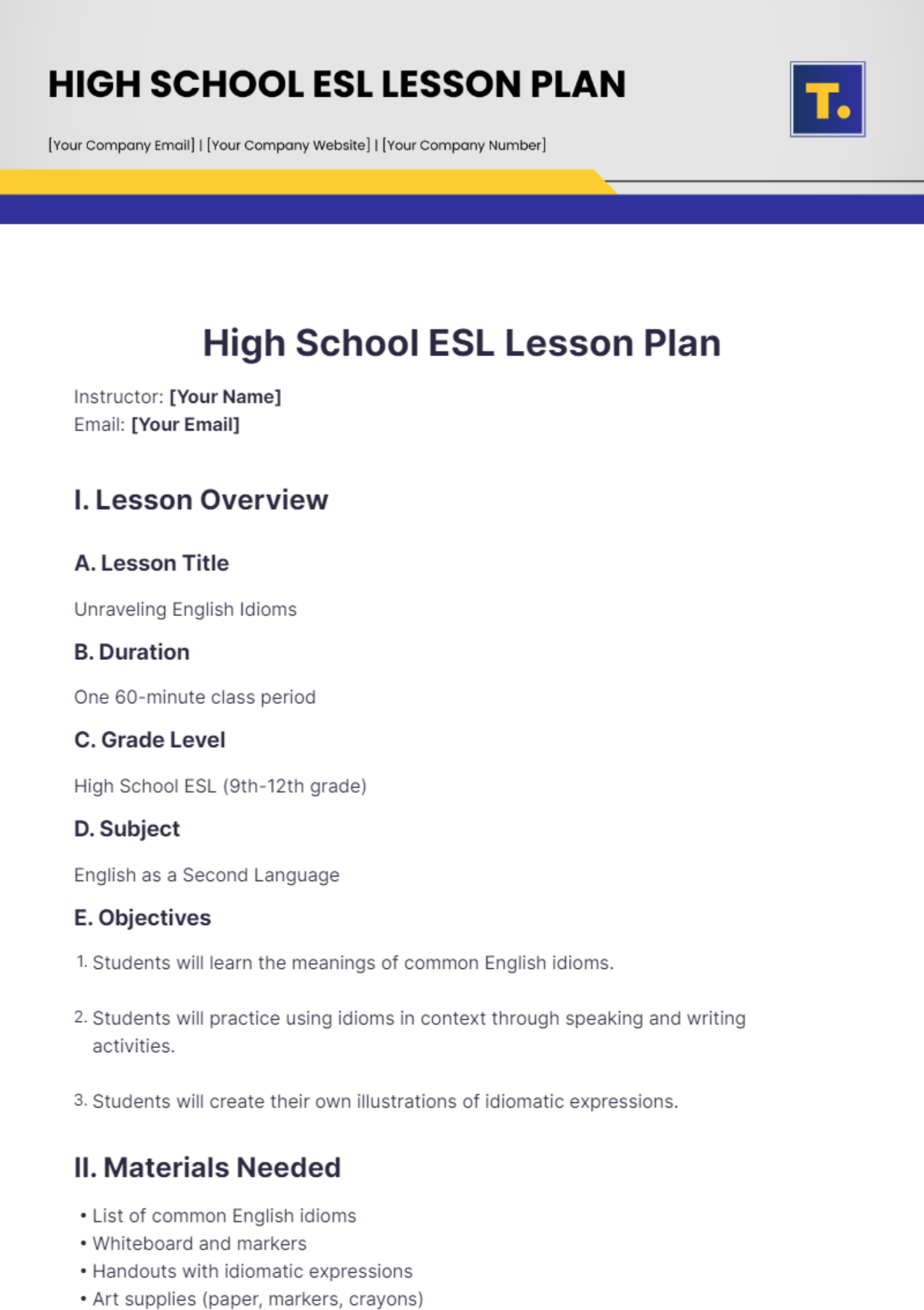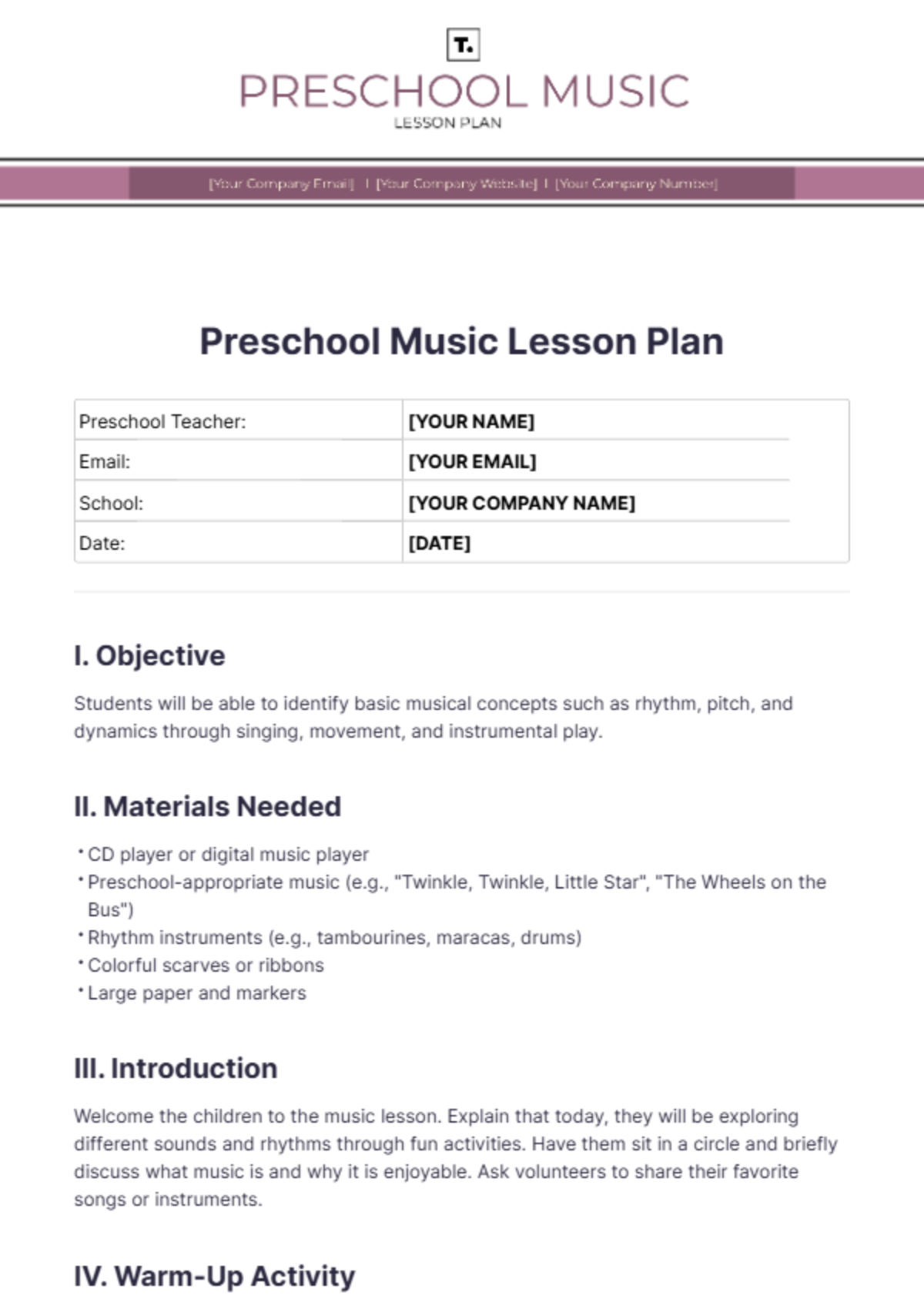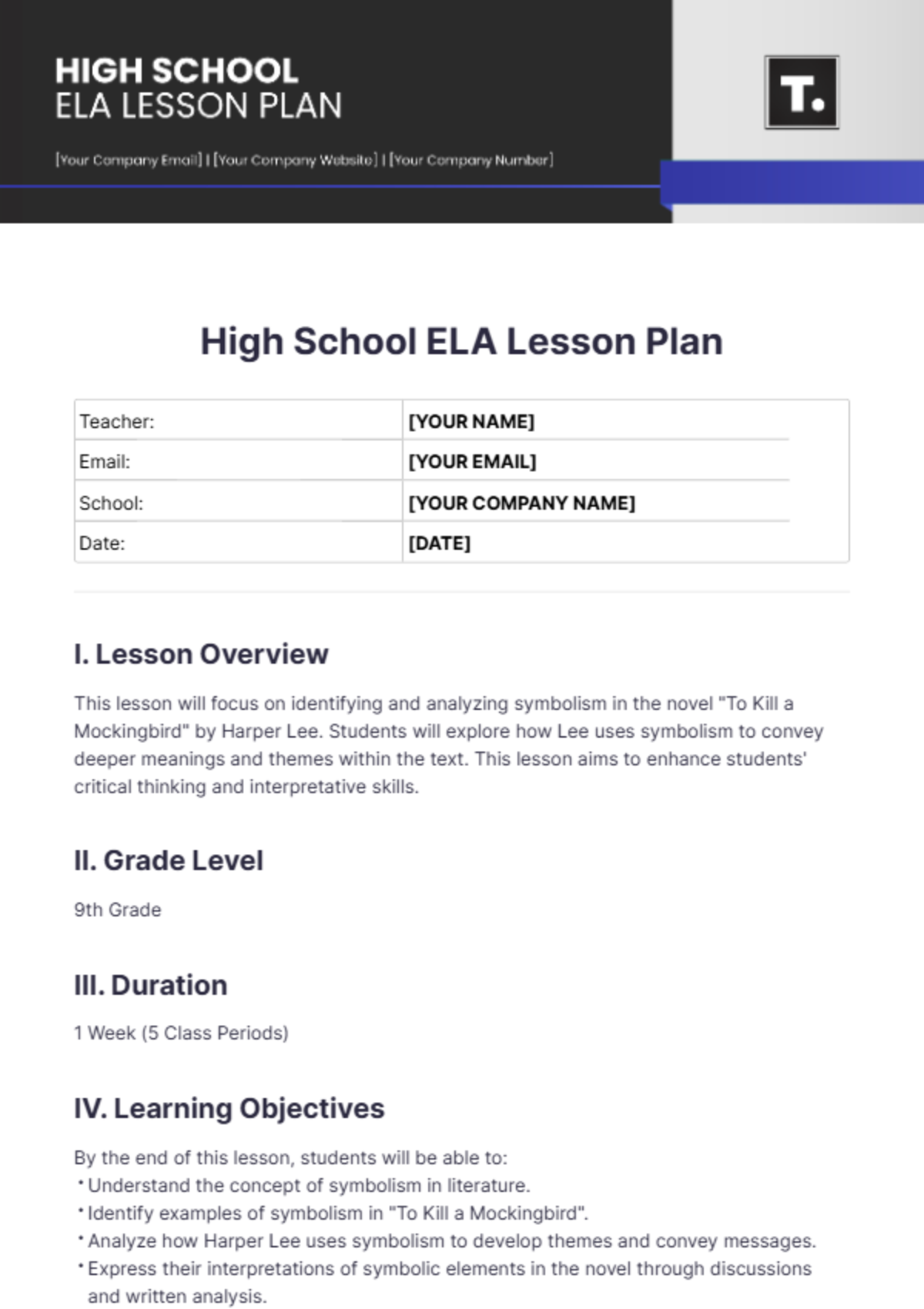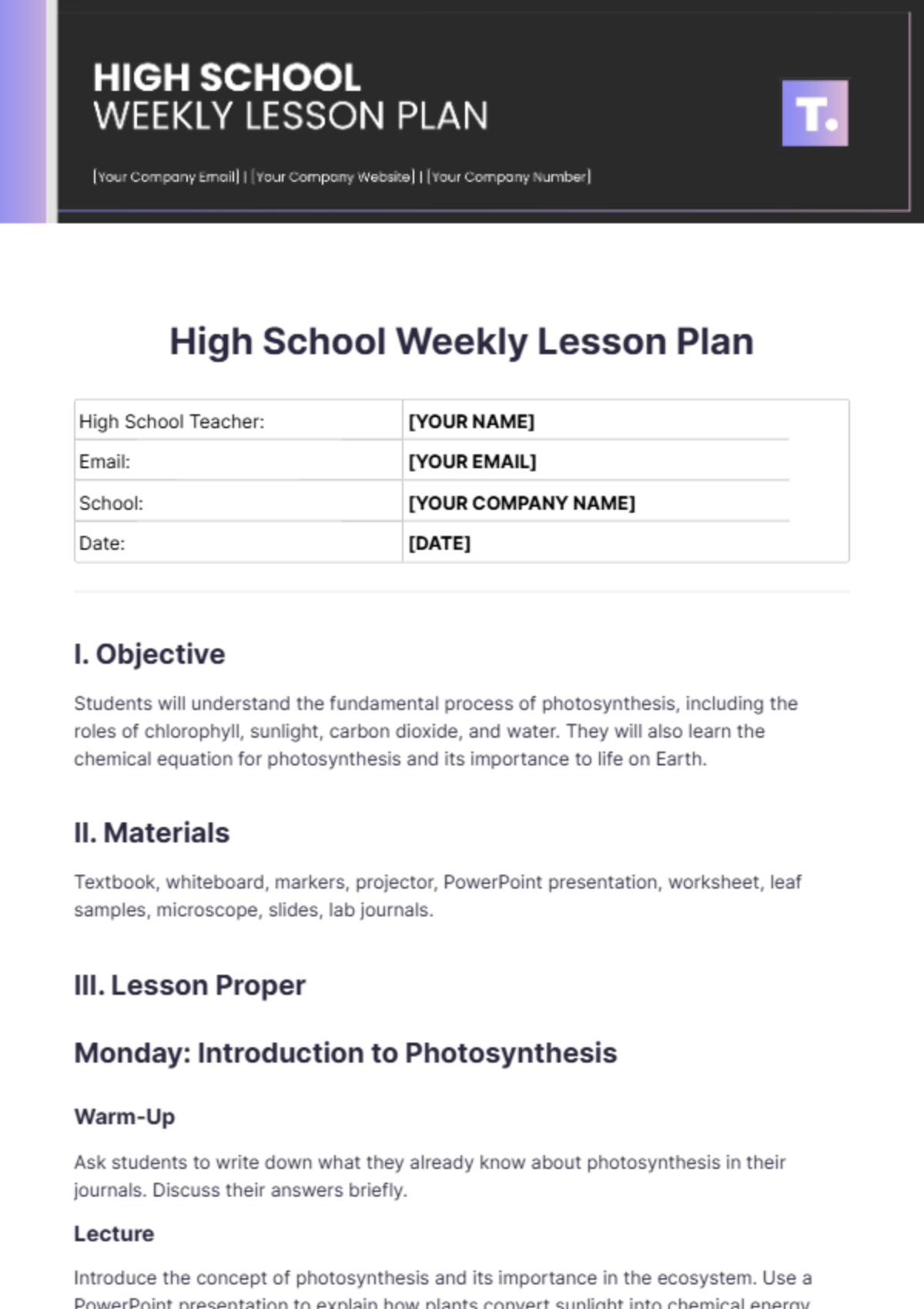School Lesson Plan Analysis
I. Introduction
A. Purpose of the Analysis
The purpose of this analysis is to evaluate the effectiveness of the lesson plan for the 8th-grade science class on the topic of "The Water Cycle." This analysis aims to determine how well the lesson plan meets educational standards and learning objectives, engages students, and accommodates diverse learning needs. Additionally, the analysis will identify strengths and areas for improvement to enhance future instructional practices.
B. Overview of the Lesson Plan
The lesson plan covers the fundamental processes of the water cycle, including evaporation, condensation, precipitation, and collection. It integrates various teaching methods such as direct instruction, interactive activities, and multimedia resources to cater to different learning styles. The plan includes formative and summative assessments to measure student understanding and retention.
C. Context and Background Information
This lesson is part of a broader unit on Earth Science, following lessons on weather patterns and atmospheric conditions. The class consists of 25 students with a mix of abilities, including English Language Learners and students with special needs. The lesson is designed to build on students' existing knowledge of weather, providing a foundation for understanding more complex environmental processes.
II. Objectives and Goals
A. Clarity and Specificity of Objectives
The objectives of the lesson are meticulously outlined and clarified as follows:
Describe the stages of the water cycle.
Explain the significance of each stage.
Illustrate the water cycle in a diagram.
These objectives are specific, outlining the expected outcomes in detail. The clarity of the objectives helps both the teacher and students stay focused on the intended learning goals.
B. Alignment with Curriculum Standards
The objectives align with state science standards for 8th grade, specifically standard 8.ESS2.5, which requires students to understand and model the water cycle. This alignment ensures that the lesson is contributing to the broader educational goals set by the state. The lesson plan also references national science standards, providing a comprehensive framework for student learning.
C. Measurability and Attainability of Goals
The goals are measurable through various assessments, including quizzes, class discussions, and a final diagram of the water cycle. These assessments provide multiple data points to gauge student understanding and progress. The goals are designed to be attainable within the 60-minute class period, taking into account the students' prior knowledge and abilities.
III. Content and Materials
A. Appropriateness of Content
The material presented is designed specifically to be suitable for students who are currently in the eighth grade. This means that the language used throughout the content has been carefully selected to match the comprehension levels typical of students in this age group. Additionally, the examples provided within the content are chosen based on their relevance to the everyday experiences of these students, helping to make the information more relatable and easier to understand.
The content builds on students' existing knowledge of weather patterns to simplify complex concepts through a structured approach, facilitating smoother learning. Additionally, it undergoes a rigorous expert review to ensure scientific accuracy and reliability.
B. Relevance to Students' Prior Knowledge
The lesson connects to students' previous lessons on weather, providing a seamless transition and reinforcing their understanding of related concepts. This connection helps students integrate new information with what they already know, enhancing retention. The lesson includes a brief review of key concepts to activate prior knowledge and set the stage for new learning.
C. Quality and Suitability of Materials and Resources
Materials include a high-quality video on the water cycle, interactive diagrams, and worksheets that are visually engaging and educationally sound. The resources are selected to cater to different learning styles, ensuring all students can access the content. The materials are also vetted for age-appropriateness and scientific accuracy, providing a solid foundation for student learning.
IV. Instructional Strategies
A. Variety and Effectiveness of Teaching Methods
The lesson employs a mix of direct instruction, interactive activities, and group work, catering to various learning preferences. Direct instruction provides a clear explanation of the water cycle, while interactive activities and group work allow students to explore and apply concepts. This variety helps maintain student engagement and addresses different learning needs.
B. Engagement and Interest Strategies
Engagement strategies include a hands-on activity where students create their own mini water cycle using everyday materials. This activity makes the concept tangible and interesting, fostering a deeper understanding. Additionally, the lesson incorporates multimedia resources such as videos and interactive diagrams to capture students' interest and enhance learning.
C. Support for Critical Thinking and Problem-Solving
Students are encouraged to ask questions and solve problems related to the water cycle, fostering critical thinking and deep understanding. The lesson includes open-ended questions and scenarios that require students to apply their knowledge in new contexts. This approach helps students develop higher-order thinking skills and prepares them for more complex scientific inquiries.
V. Differentiation and Inclusivity
A. Adaptations for Diverse Learners
The lesson plan includes visual aids for visual learners, simplified text for struggling readers, and extension activities for advanced students. These adaptations ensure that all students can access the content and participate fully in the lesson. The teacher also provides additional support, such as one-on-one assistance, for students who need it.
B. Inclusivity of Various Learning Styles
Activities are designed to cater to visual, auditory, and kinesthetic learners, ensuring all students can engage with the content. For example, the lesson includes visual diagrams, auditory explanations, and hands-on activities. This inclusive approach helps all students understand and retain the information, regardless of their preferred learning style.
C. Cultural and Linguistic Responsiveness
The lesson incorporates examples of the water cycle from different parts of the world, highlighting its universal importance and promoting cultural awareness. The teacher uses culturally responsive teaching practices, such as including diverse perspectives and experiences. Additionally, the lesson provides language support for English Language Learners, ensuring they can fully participate and understand the content.
VI. Assessment and Evaluation
A. Methods for Assessing Student Understanding
Assessment methods include a pre-lesson quiz to gauge prior knowledge, observation during activities, and a post-lesson quiz to measure understanding and retention. These assessments provide a comprehensive view of student learning and progress. Additionally, the teacher uses informal assessments, such as questioning during the lesson, to gauge understanding in real-time.
B. Alignment of Assessments with Objectives
Assessments are directly aligned with the lesson objectives, ensuring that they accurately measure the intended learning outcomes. For example, the quizzes include questions that require students to describe and explain the stages of the water cycle. This alignment helps ensure that assessments provide meaningful data on student learning and progress.
C. Formative and Summative Assessment Techniques
Formative assessments, such as class discussions and quizzes, provide ongoing feedback to students and inform instructional adjustments. Summative assessments, such as a final project or test at the end of the unit, measure overall comprehension and mastery of the content. This combination of formative and summative assessments ensures a thorough evaluation of student learning.
VII. Structure and Timing
A. Logical Sequencing of Activities
The lesson is logically sequenced, beginning with a review of prior knowledge and an introduction to new concepts. Following this, students engage in interactive activities to explore the water cycle stages. The lesson concludes with a summary and assessment, ensuring students have a coherent understanding of the topic.
B. Efficient Use of Class Time
Class time is efficiently used with clear time allocations for each activity, ensuring all components of the lesson are covered. For instance, the review takes 10 minutes, the introduction of new content takes 15 minutes, activities take 25 minutes, and the summary and assessment take 10 minutes. This structure helps maintain a steady pace and keeps students focused and engaged.
C. Pacing and Transitions
The pacing is appropriate for the grade level, with smooth transitions between activities to maintain student focus and engagement. The teacher uses transition cues, such as signaling the end of one activity and the start of another, to help students shift their attention smoothly. This careful management of time and transitions ensures that the lesson flows effectively without losing momentum.
VIII. Teacher Reflection and Feedback
A. Opportunities for Self-Reflection
The lesson plan includes prompts for teacher reflection on what worked well and what could be improved. These prompts encourage the teacher to consider student engagement, the effectiveness of instructional strategies, and the clarity of explanations. Reflecting on these aspects helps the teacher make informed adjustments for future lessons.
B. Mechanisms for Peer or Supervisory Feedback
There are opportunities for peer review and feedback from instructional coaches, providing diverse perspectives on the lesson’s effectiveness. Teachers can participate in collaborative planning sessions where they share lesson plans and receive constructive feedback. This collaborative approach helps teachers refine their practices and incorporate new ideas.
C. Implementation of Feedback into Lesson Planning
Feedback from previous lessons has been incorporated into this plan, demonstrating a commitment to continuous improvement and responsiveness to feedback. For example, based on feedback, the teacher has included more visual aids and interactive elements to enhance student engagement. This iterative process ensures that lessons evolve and improve over time.
IX. Student Engagement and Participation
A. Strategies for Active Learning
Active learning strategies include group discussions, hands-on activities, and interactive multimedia resources. For example, students work in groups to create their own mini water cycles and discuss their observations. These activities encourage active participation and deeper understanding of the material.
B. Encouragement of Student Participation
The teacher encourages participation through open-ended questions and collaborative activities, creating an inclusive classroom environment. Students are invited to share their ideas and ask questions, fostering a sense of ownership in their learning. This approach helps build a positive classroom culture where all students feel valued and engaged.
C. Opportunities for Student Choice and Autonomy
Students have the opportunity to choose how they present their understanding of the water cycle, fostering autonomy and personal investment in their learning. Options include creating a poster, writing a report, or presenting a digital slideshow. This flexibility allows students to demonstrate their knowledge in ways that best suit their strengths and interests.
X. Classroom Management
A. Techniques for Maintaining a Positive Environment
The teacher uses positive reinforcement and clear expectations to maintain a supportive and respectful classroom environment. Praise and encouragement are given for positive behavior and participation, reinforcing desired behaviors. The teacher also sets clear rules and consequences to ensure a structured and predictable classroom setting.
B. Plans for Managing Classroom Behavior
The lesson plan includes strategies for managing behavior, such as clear rules and consequences, ensuring a conducive learning environment. The teacher uses proactive measures, such as setting expectations at the beginning of the lesson and using visual cues to signal transitions. These strategies help prevent disruptions and maintain focus.
C. Ensuring a Safe Learning Space
Safety protocols are in place for hands-on activities, ensuring that all students can participate in a safe and secure environment. The teacher provides clear instructions and supervises closely to ensure that materials are used safely. This attention to safety helps create a secure environment where students can explore and learn without risk.
XI. Summary and Recommendations
A. Summary of Key Findings
The lesson plan is well-structured, engaging, and aligned with curriculum standards. It effectively meets the diverse needs of students and includes a variety of instructional strategies to maintain engagement. Assessments are well-aligned with objectives, providing a comprehensive view of student understanding.
B. Strengths of the Lesson Plan
Strengths include clear objectives, diverse instructional strategies, and comprehensive assessments that ensure student understanding. The lesson also successfully incorporates differentiated instruction to meet the needs of diverse learners. Additionally, the use of multimedia and hands-on activities enhances student engagement and retention.
C. Areas for Improvement
Areas for improvement include incorporating more technology-based resources and providing additional support for English Language Learners. While the lesson includes visual aids and interactive elements, integrating digital tools could further enhance learning. Additionally, more targeted support for language learners would ensure that all students can fully participate and succeed.
D. Recommendations for Future Lessons
Future lessons should continue to build on these strengths, with a focus on integrating more digital tools and enhancing support for diverse learners. Providing additional professional development on technology integration and strategies for supporting English Language Learners could be beneficial. Continuing to seek and incorporate feedback will also help ensure ongoing improvement.

